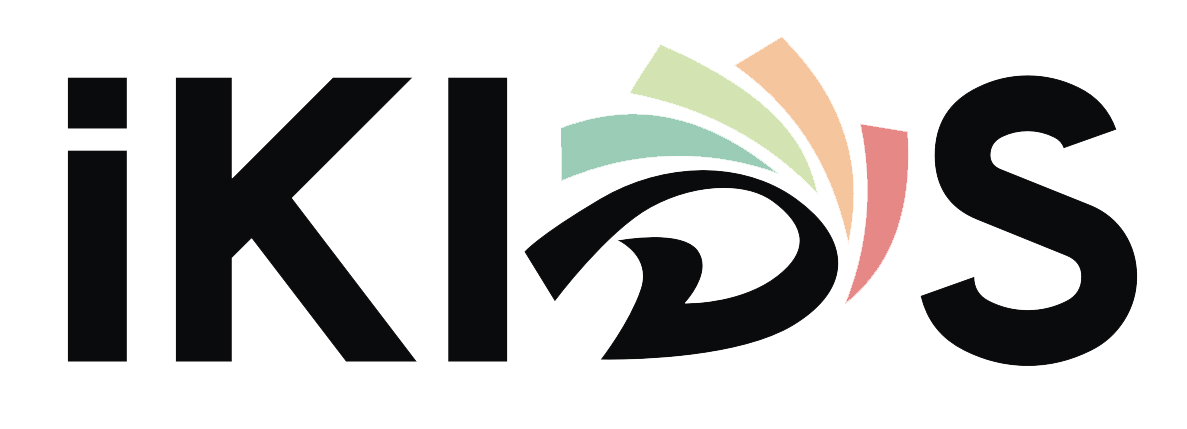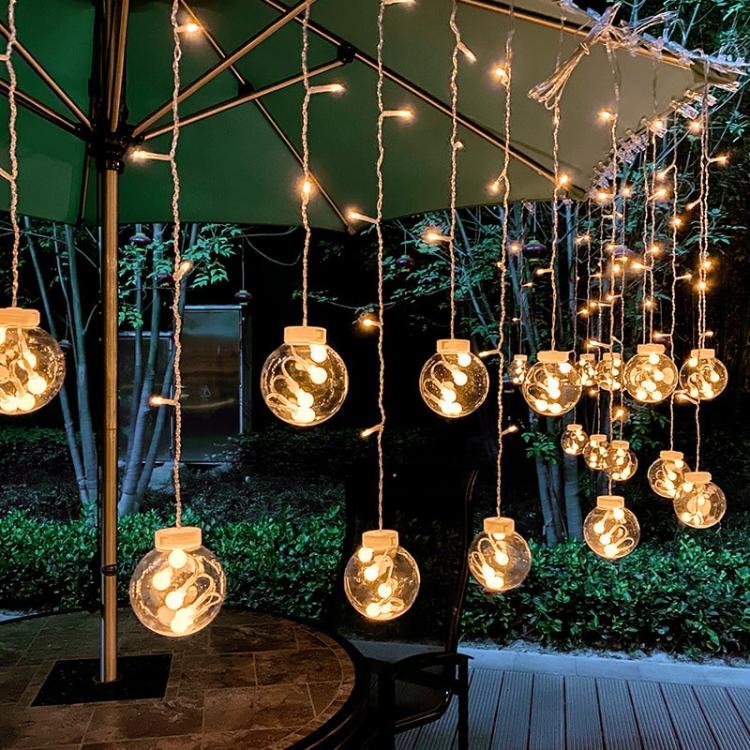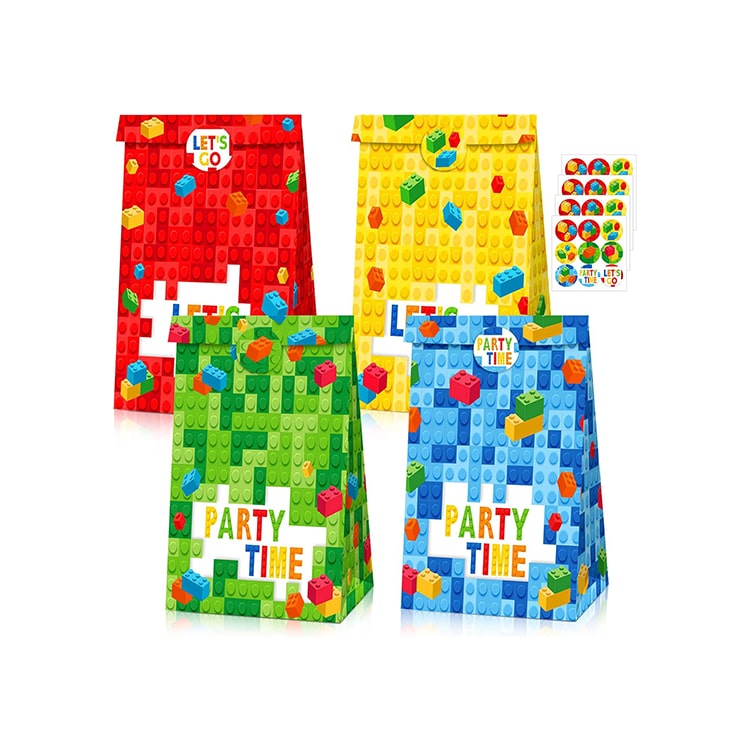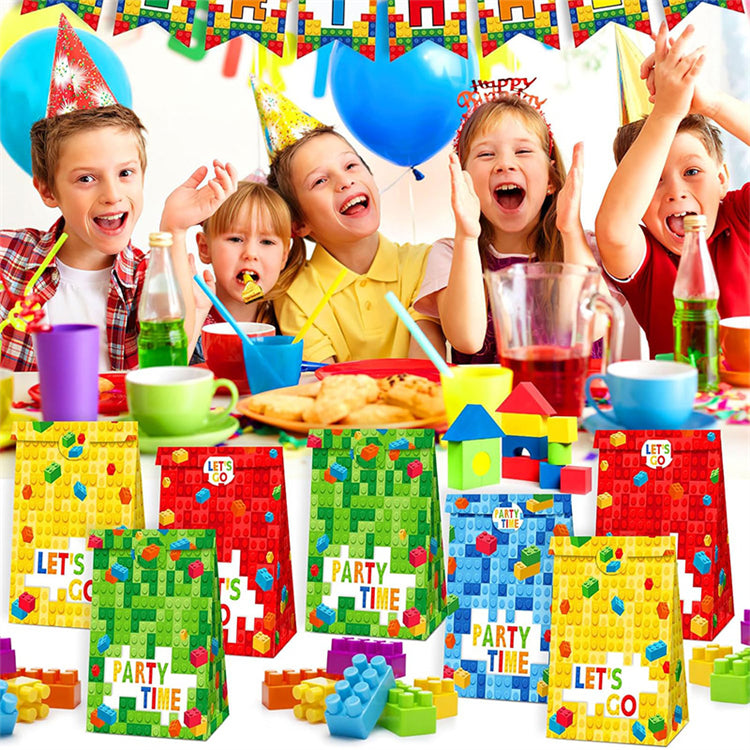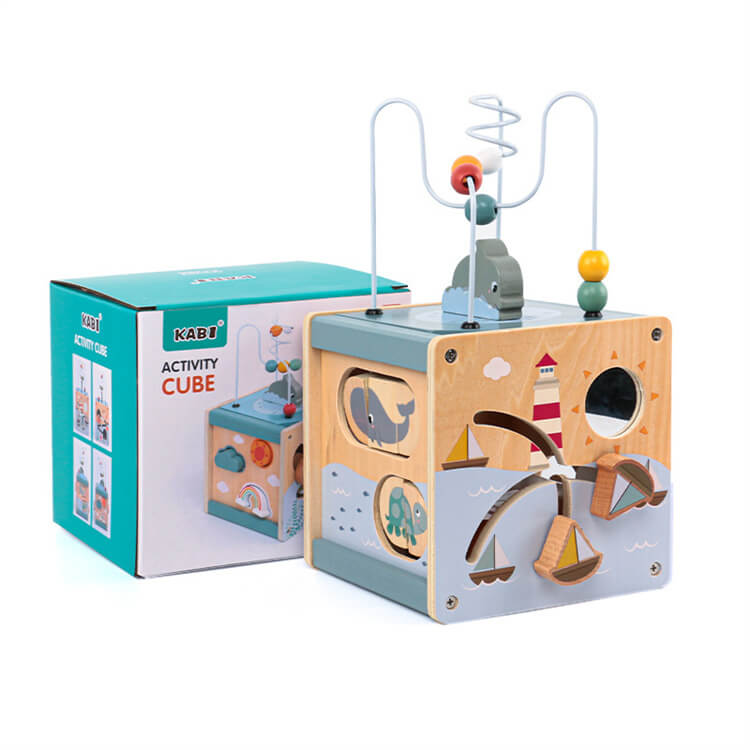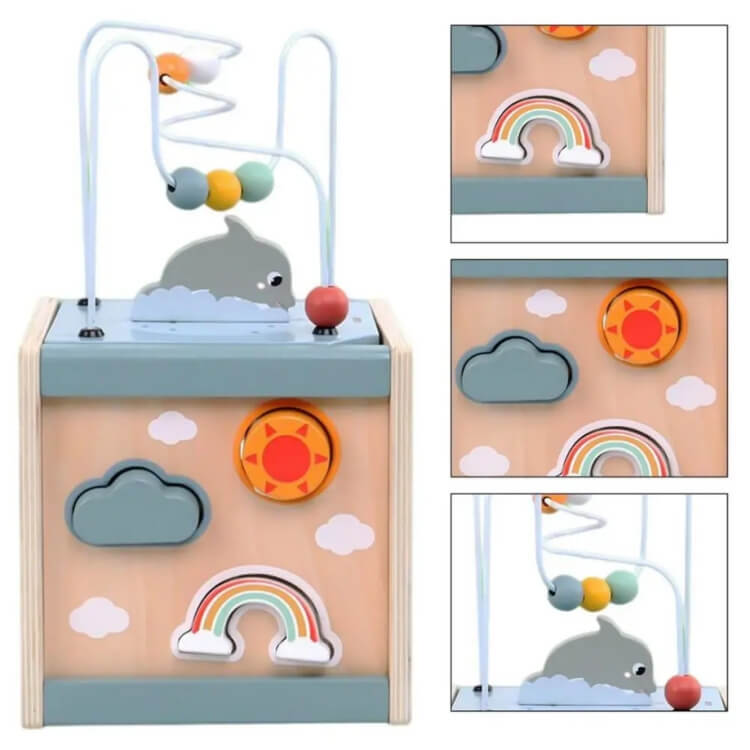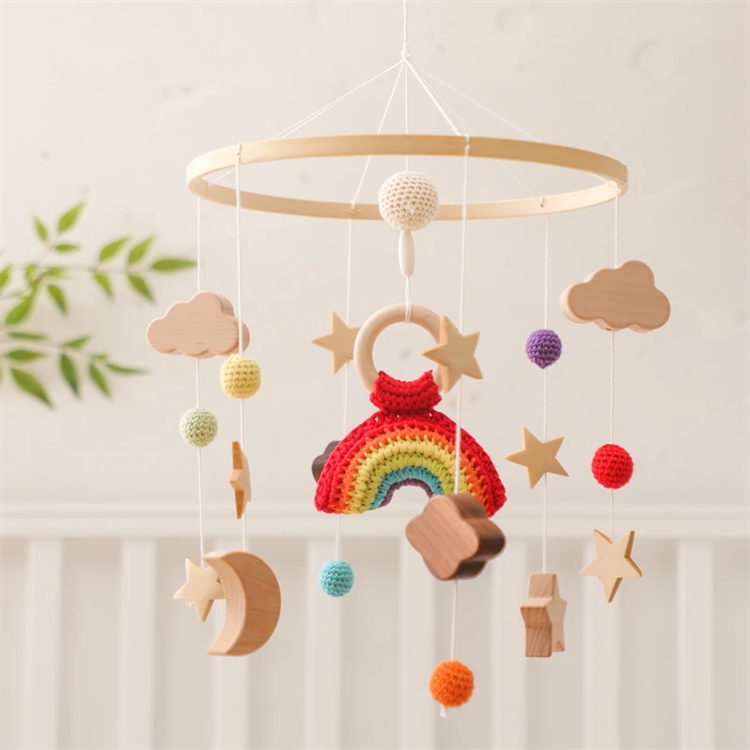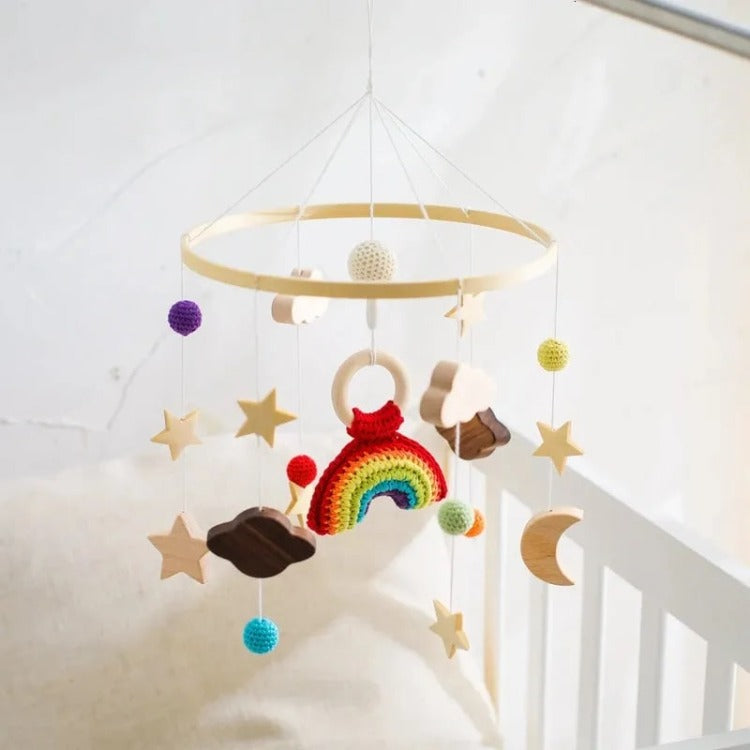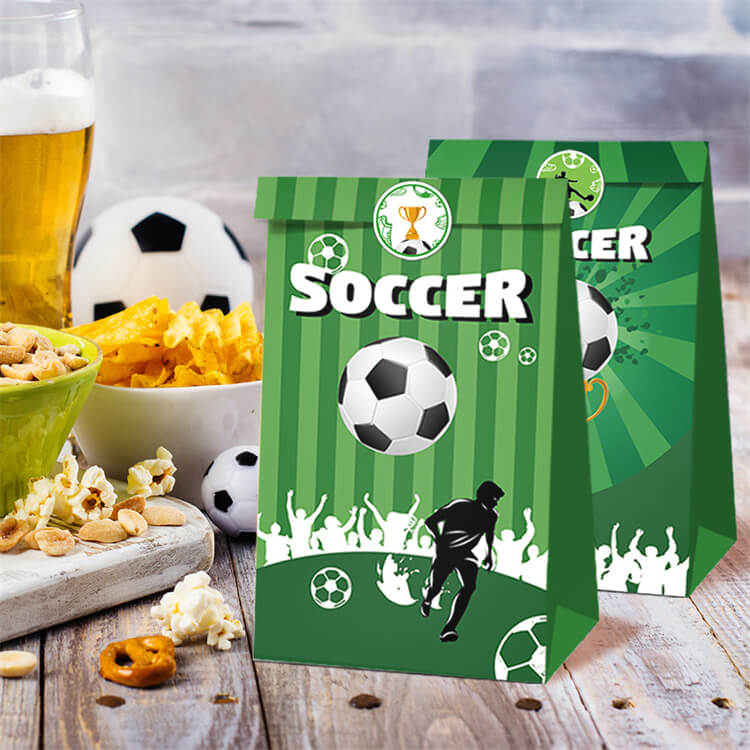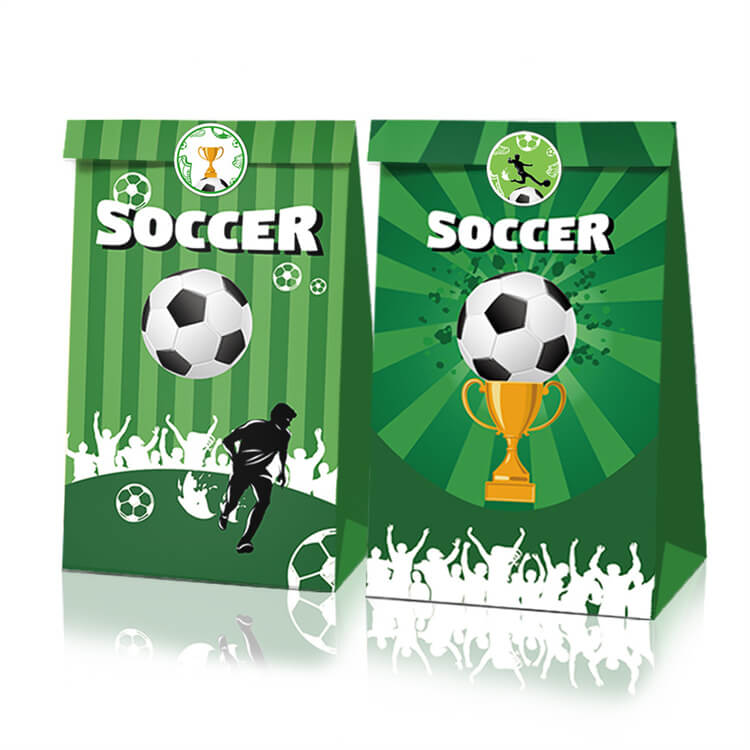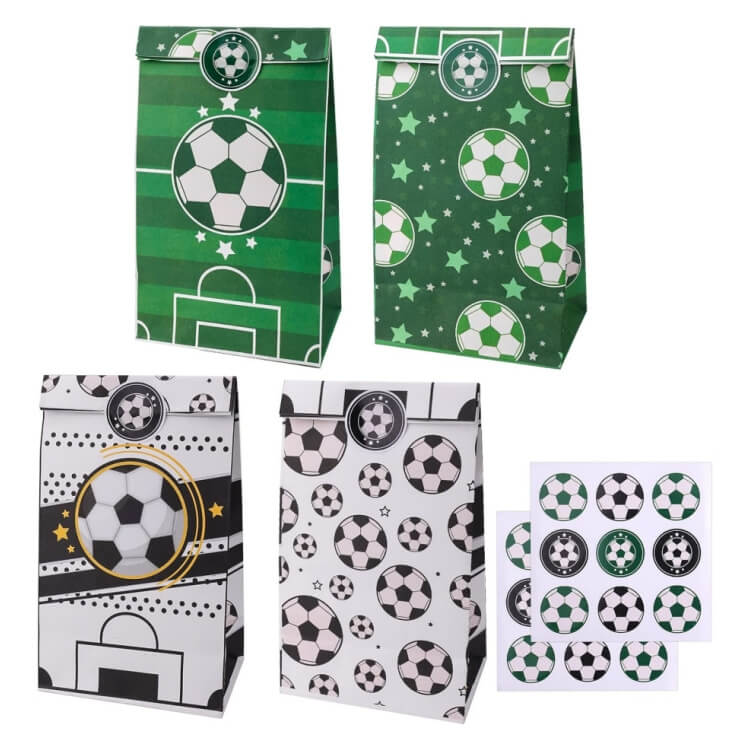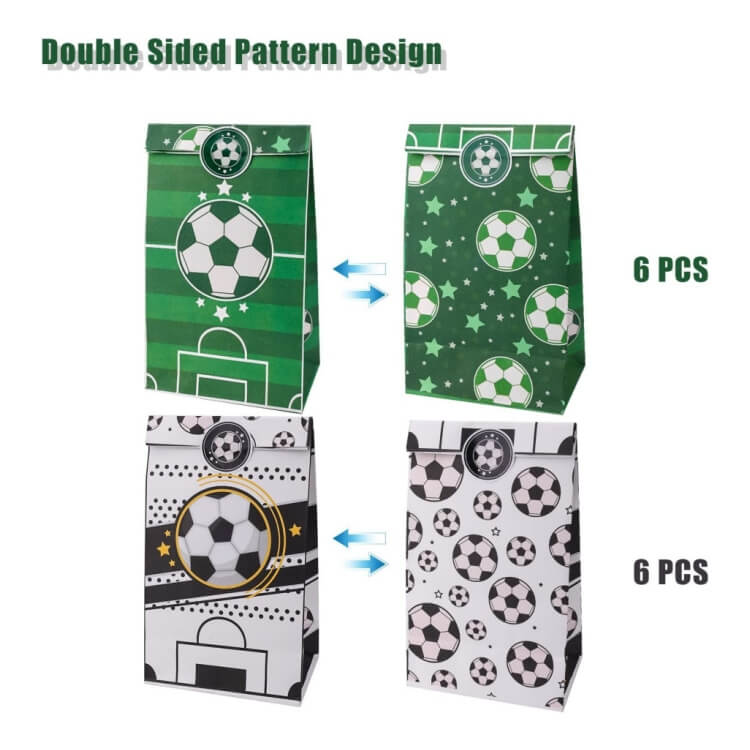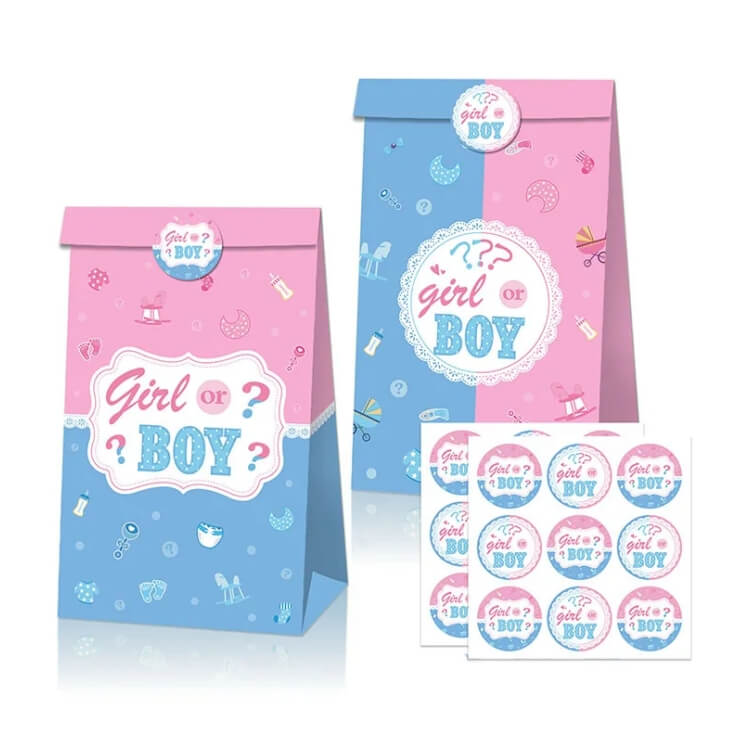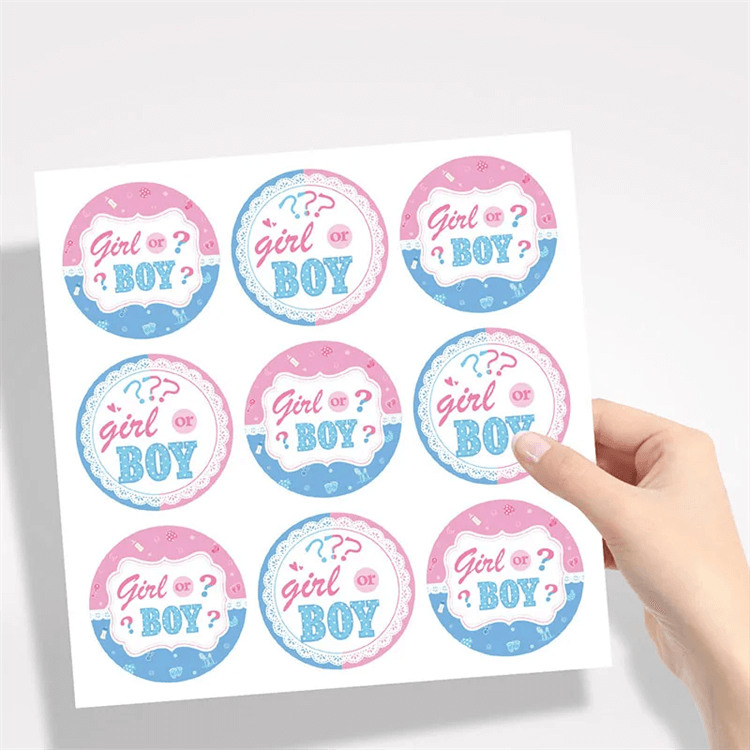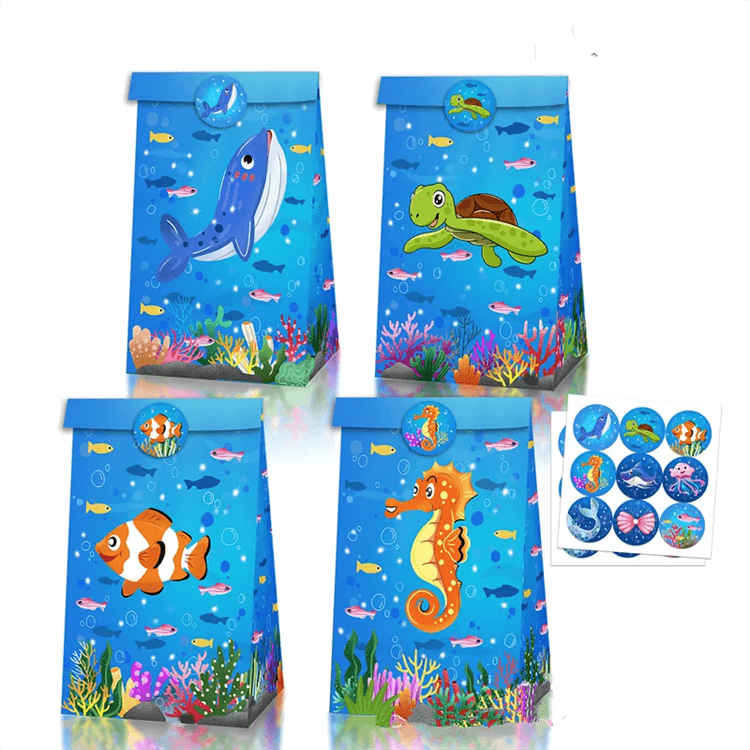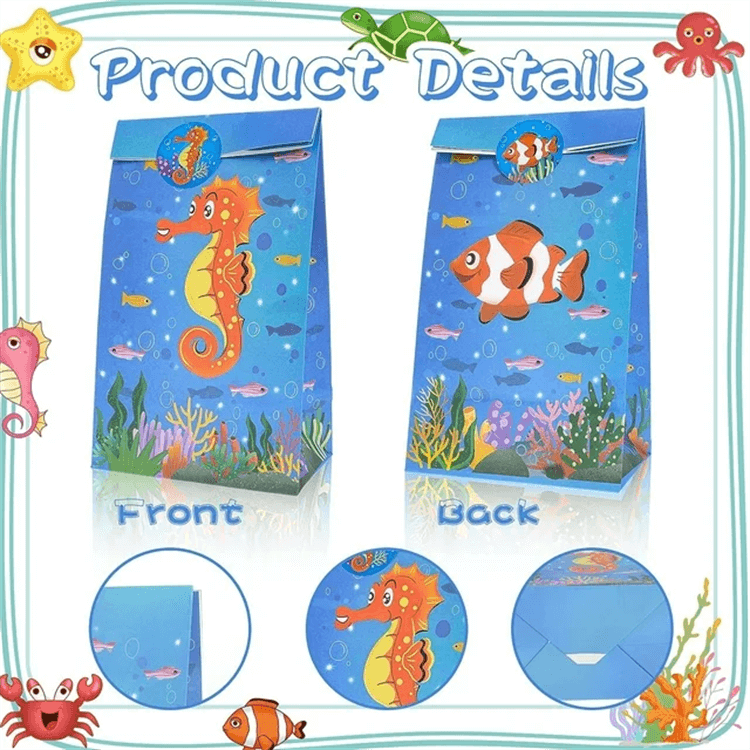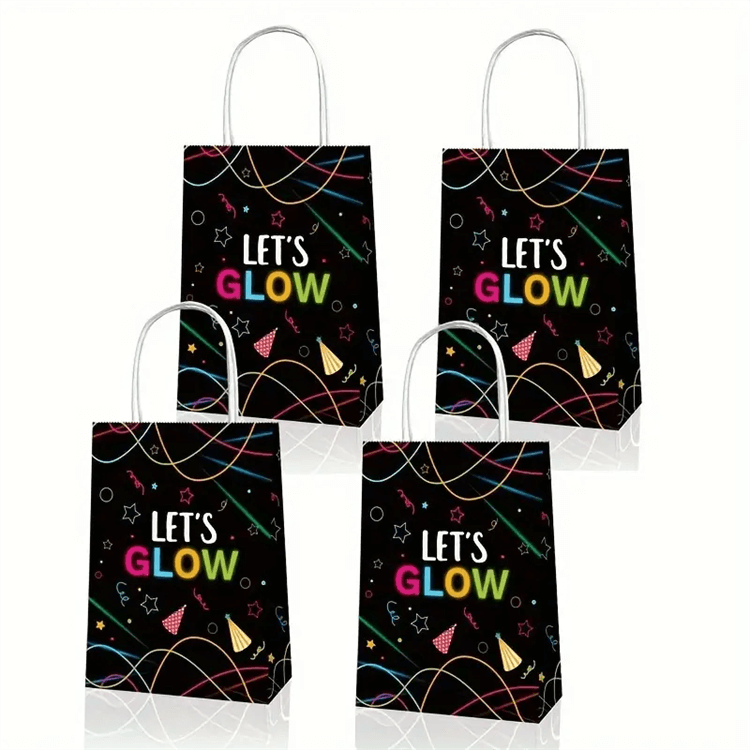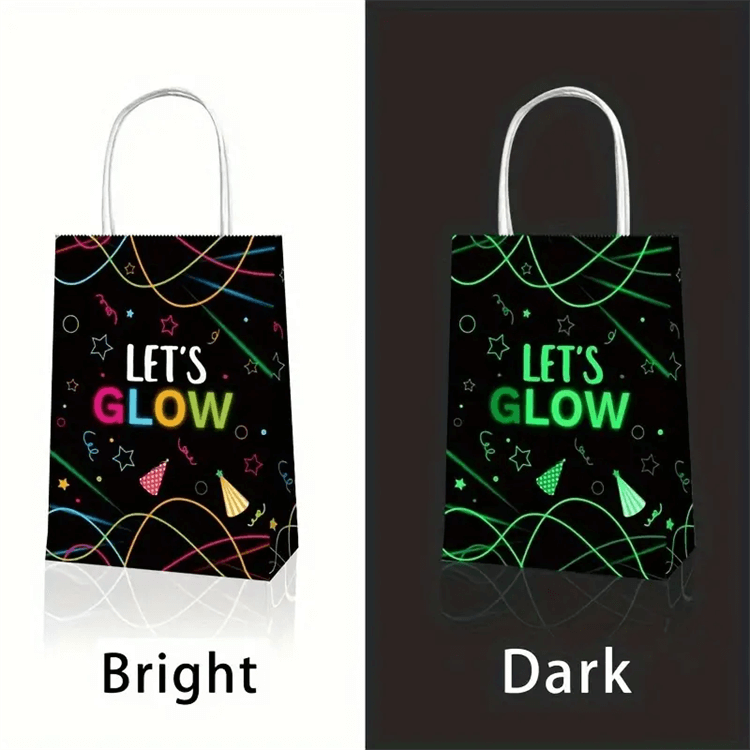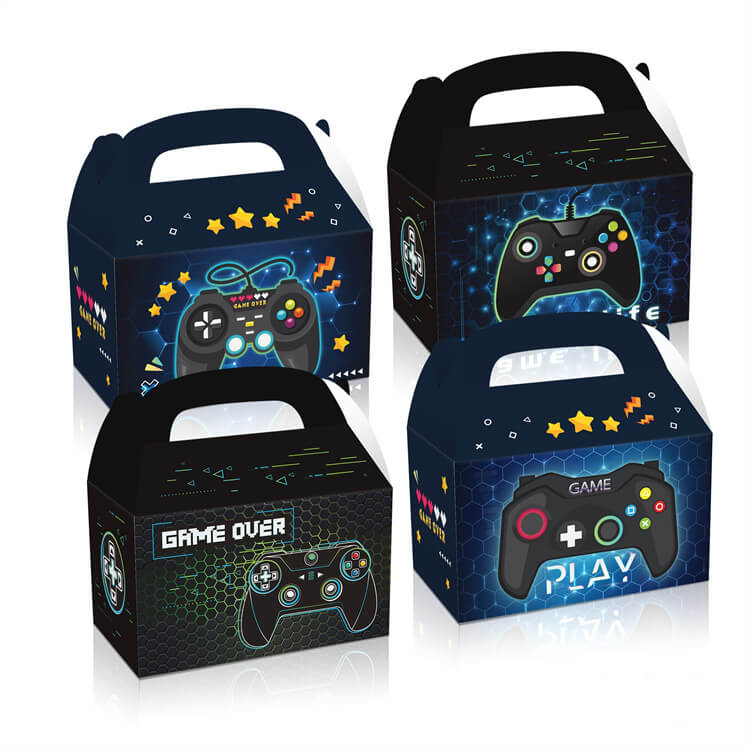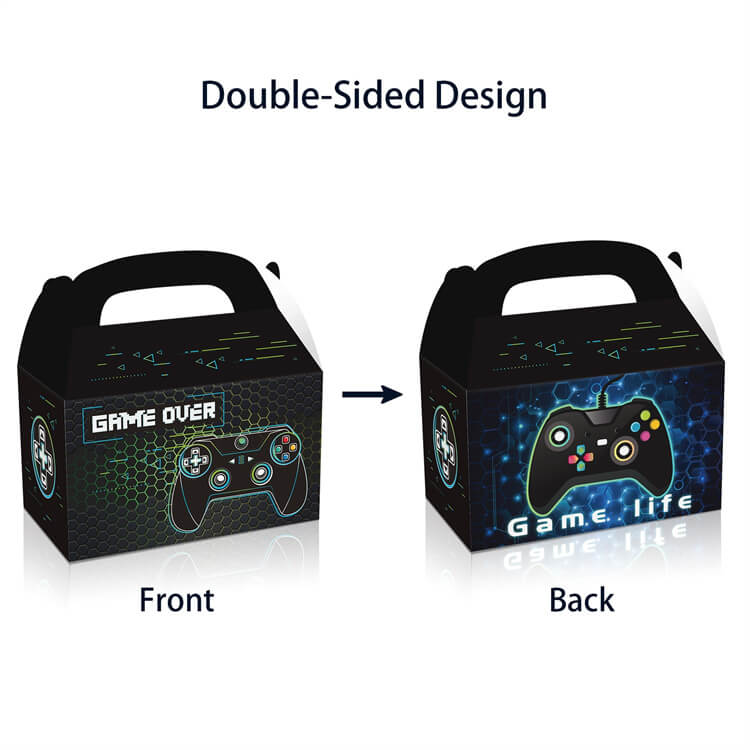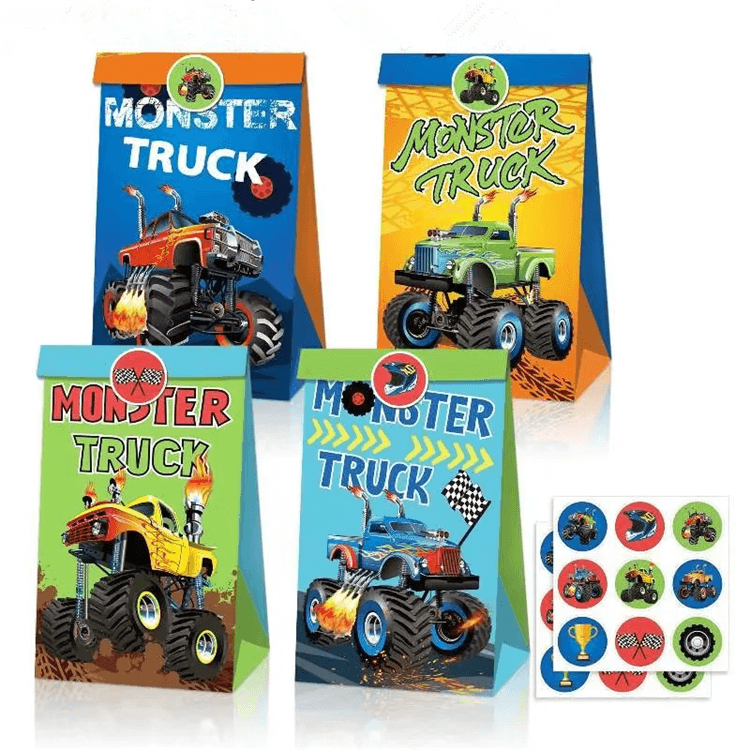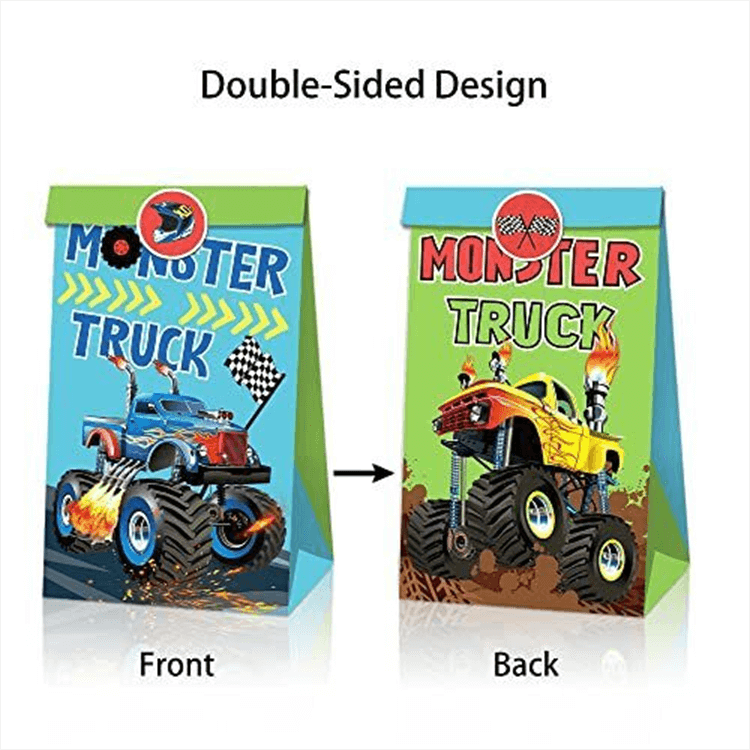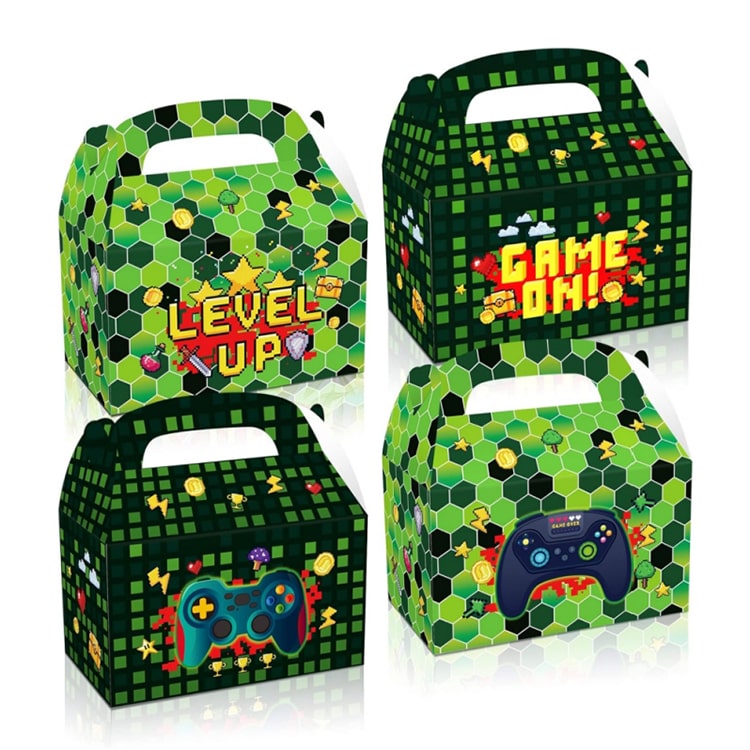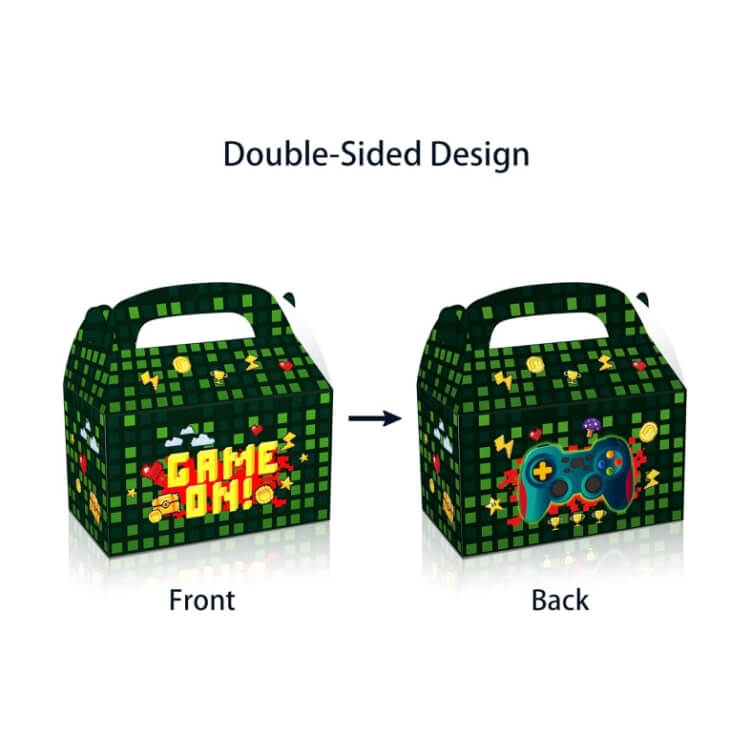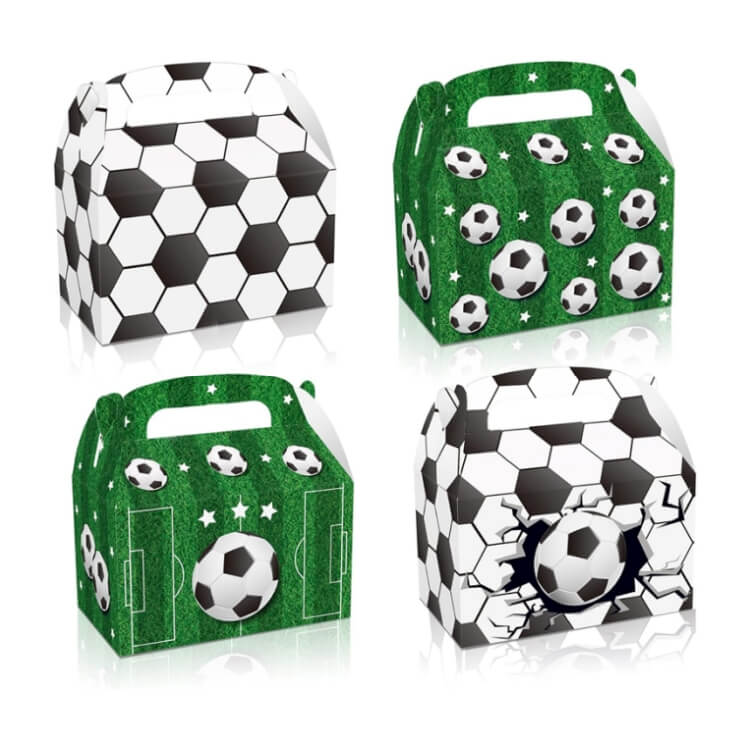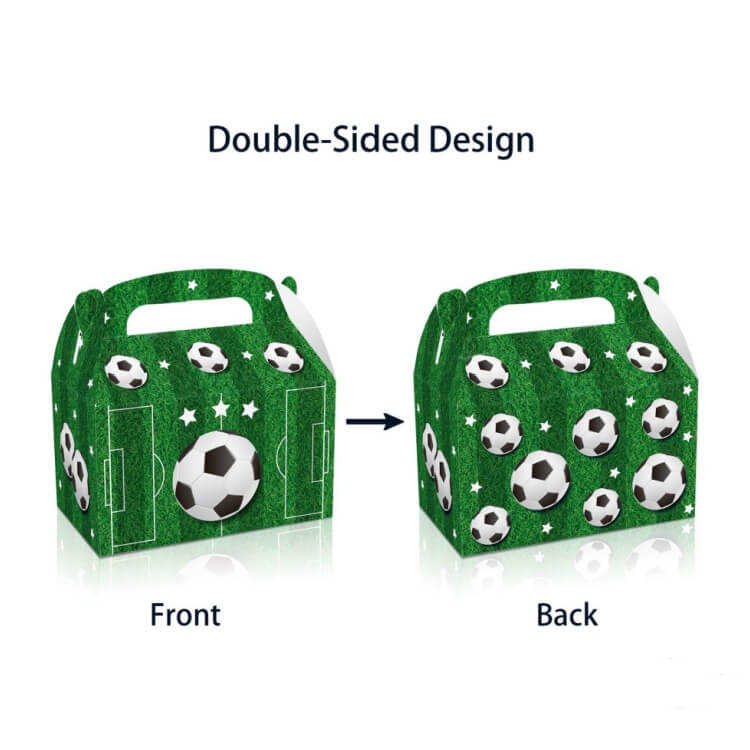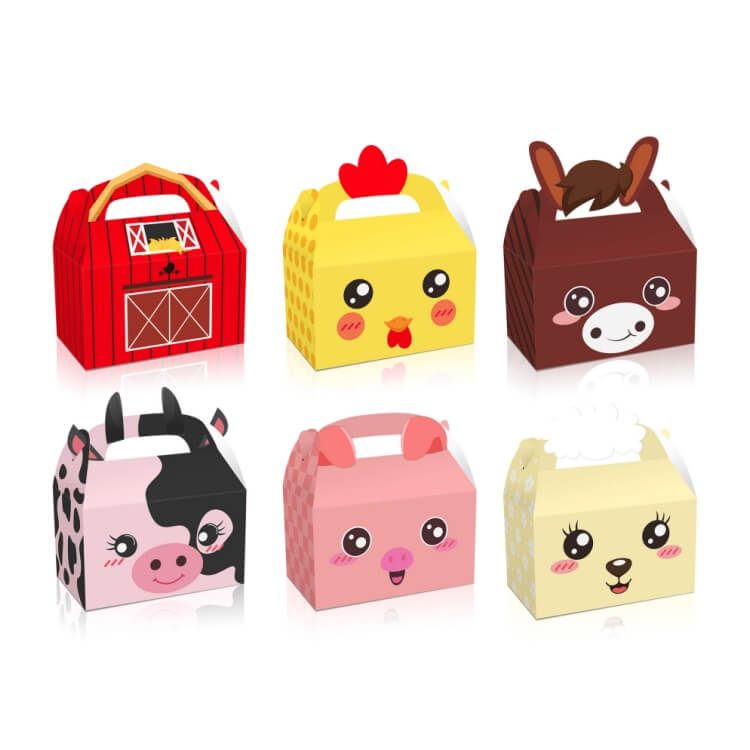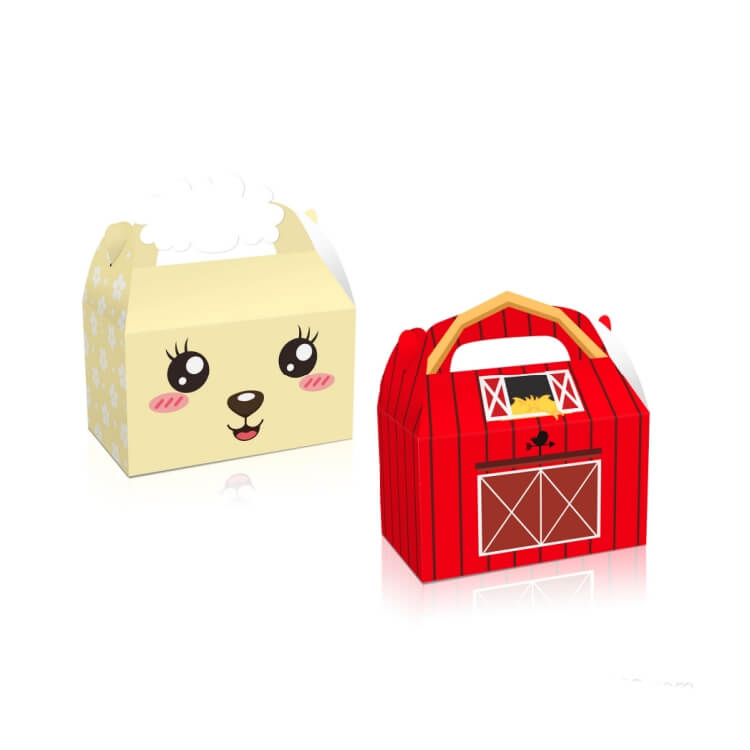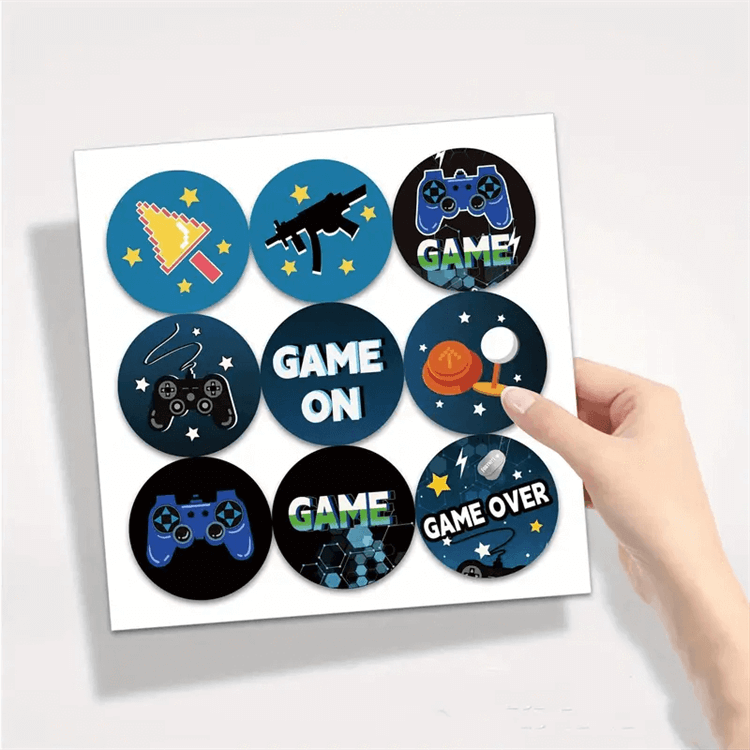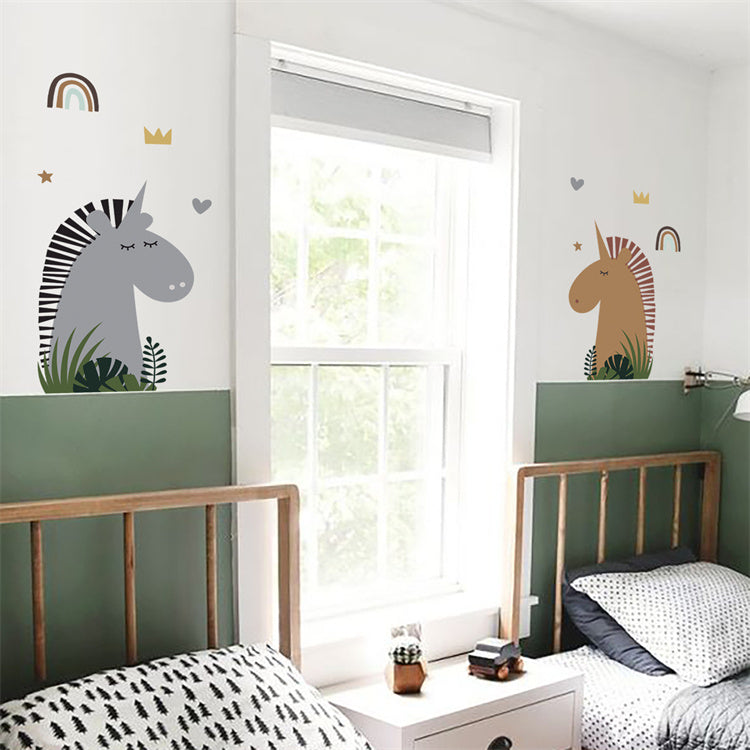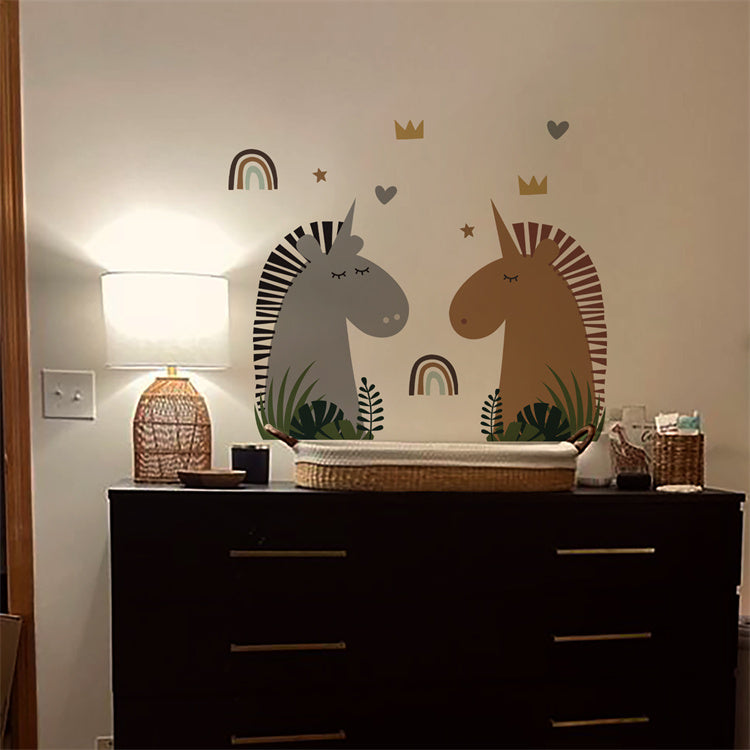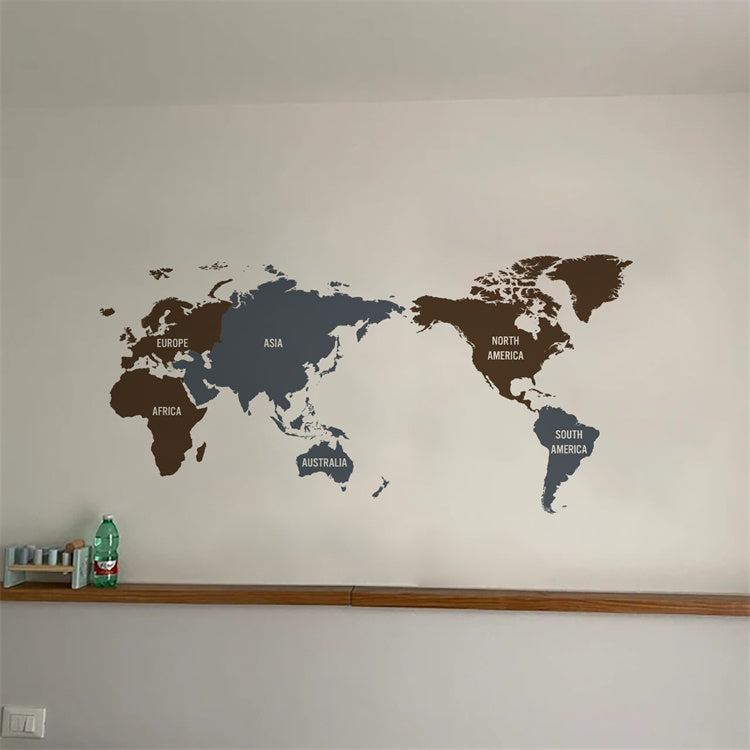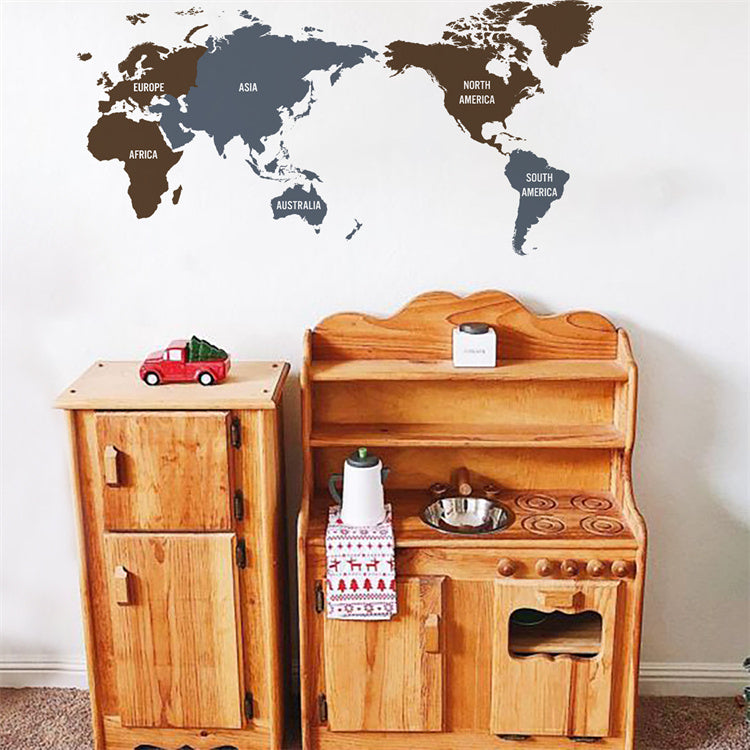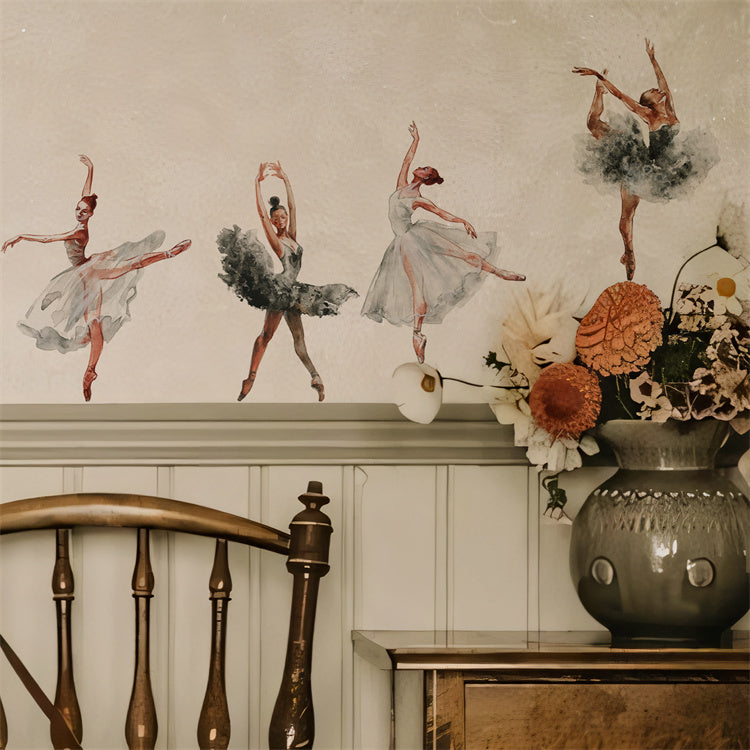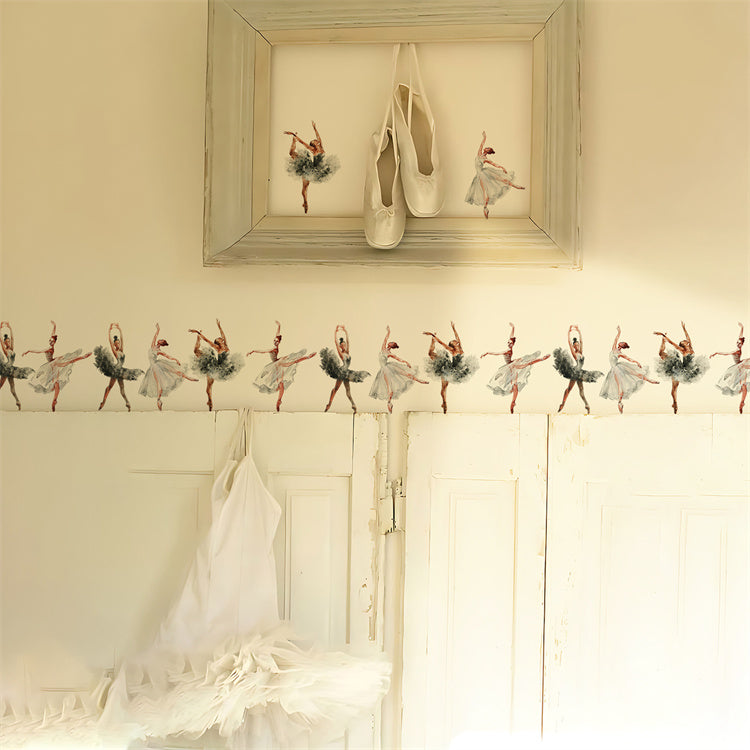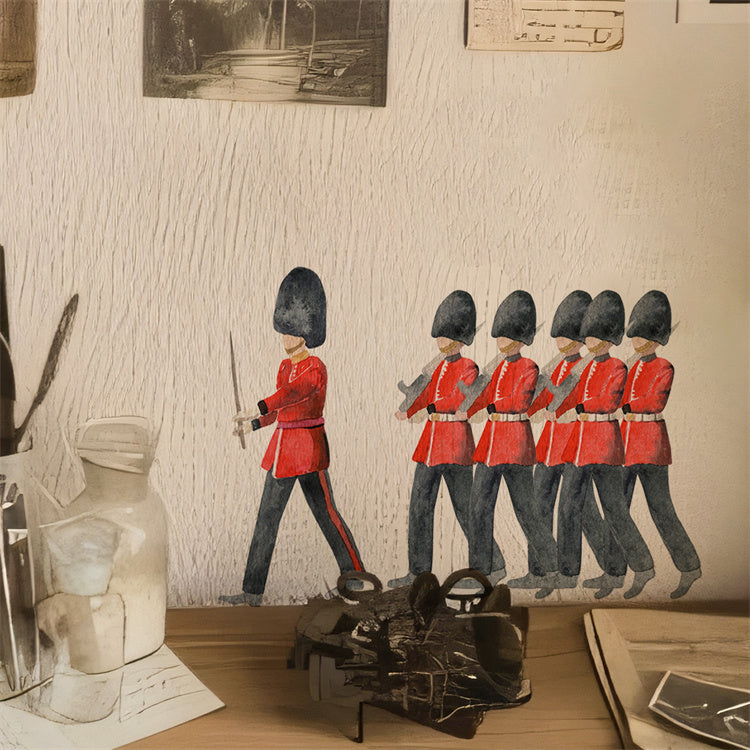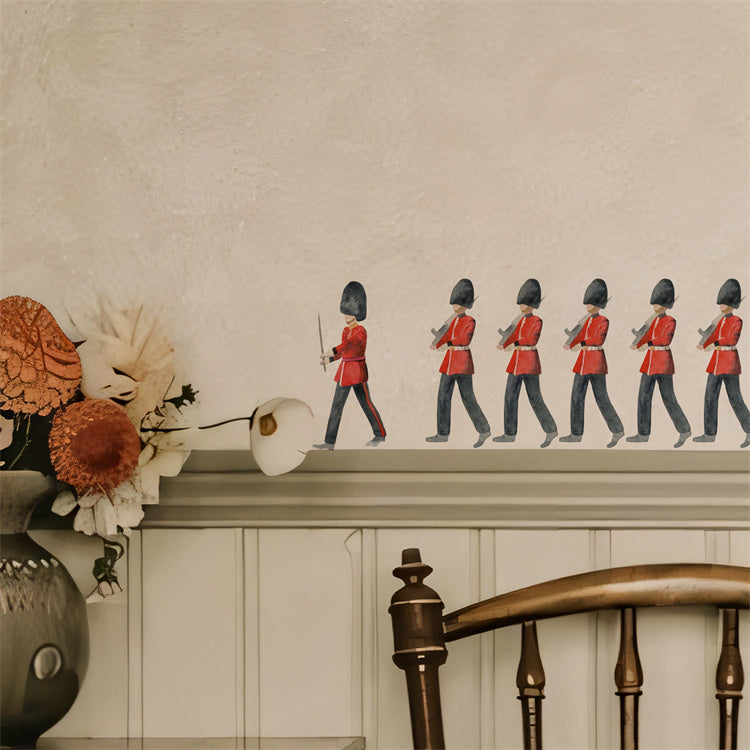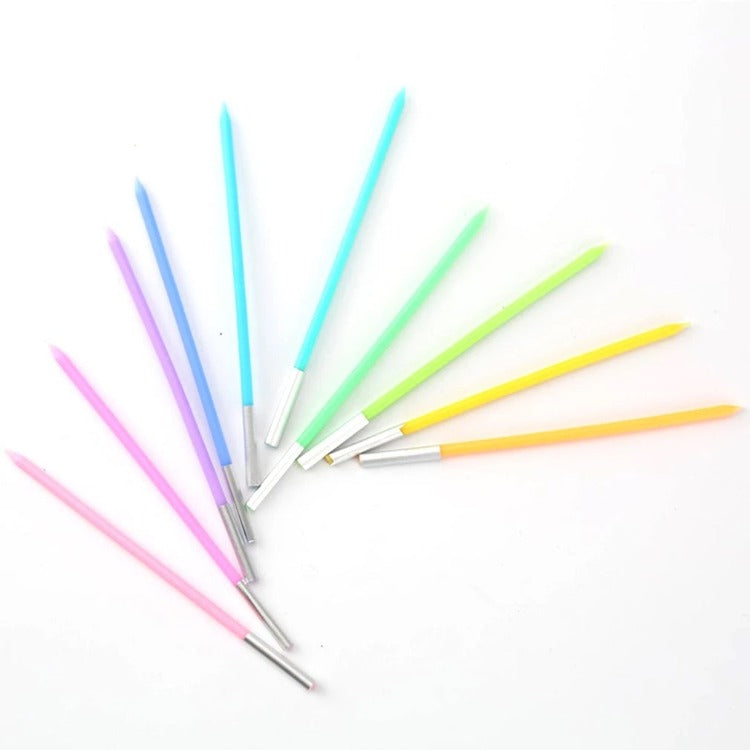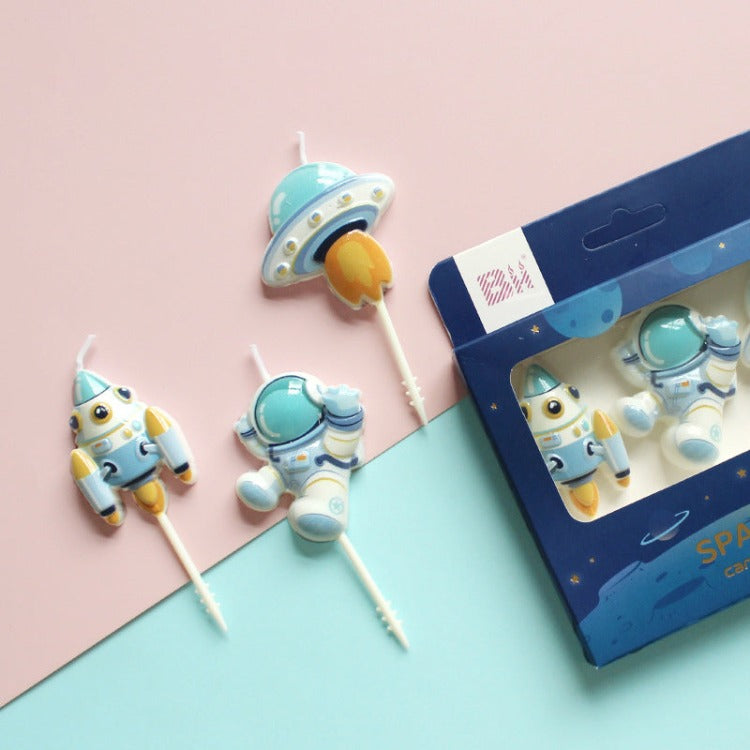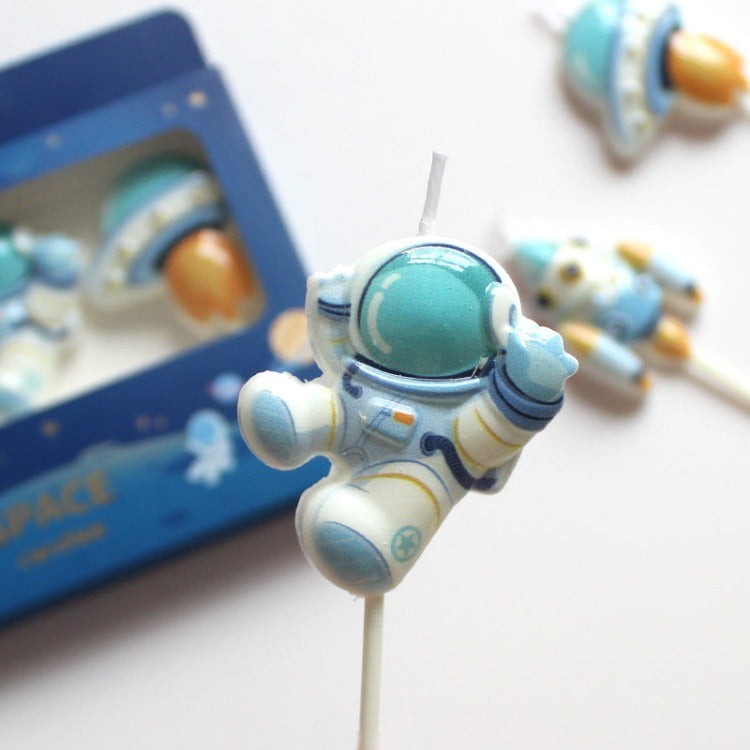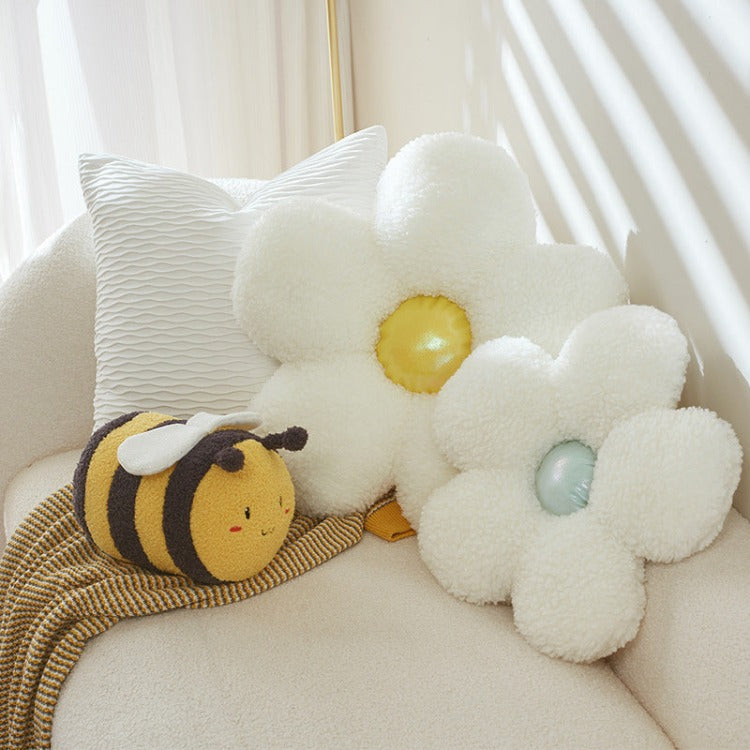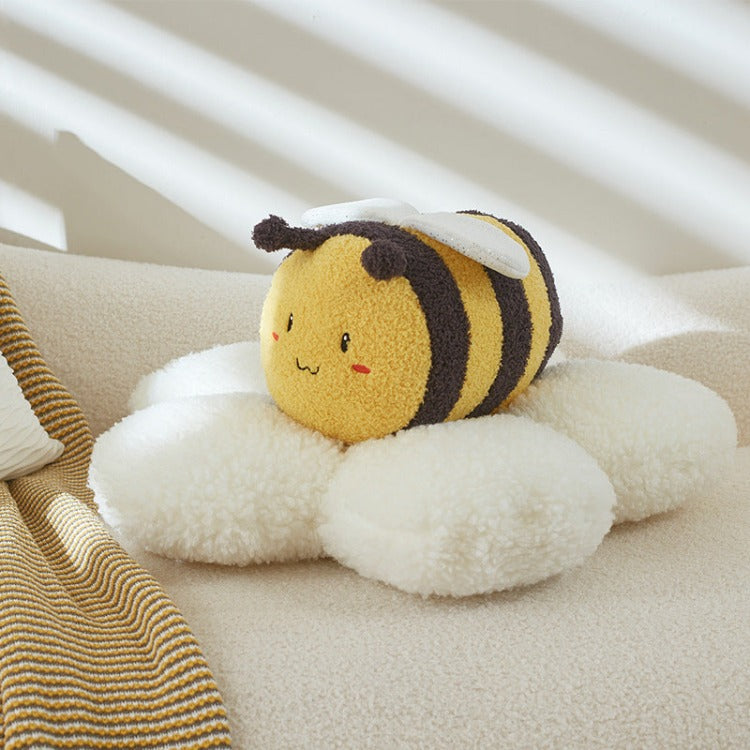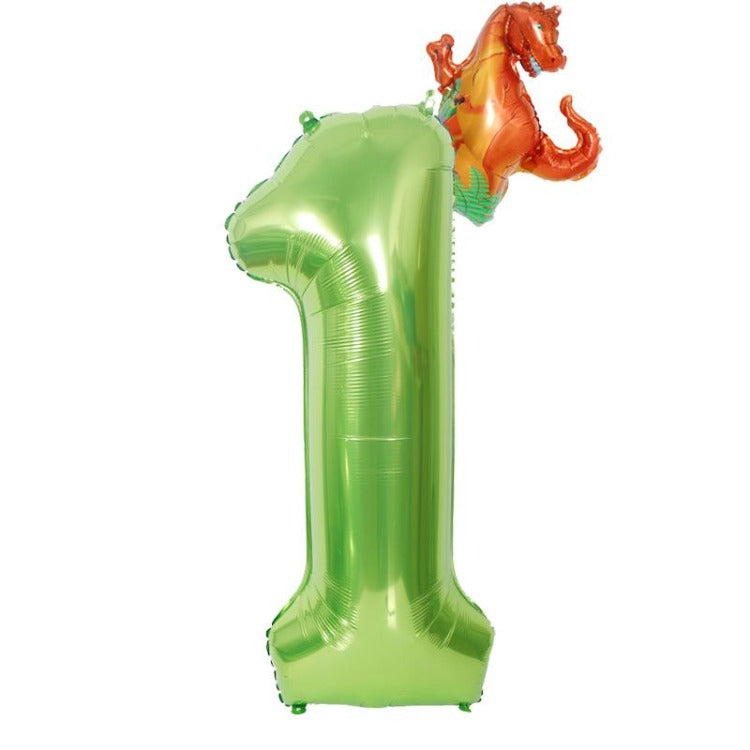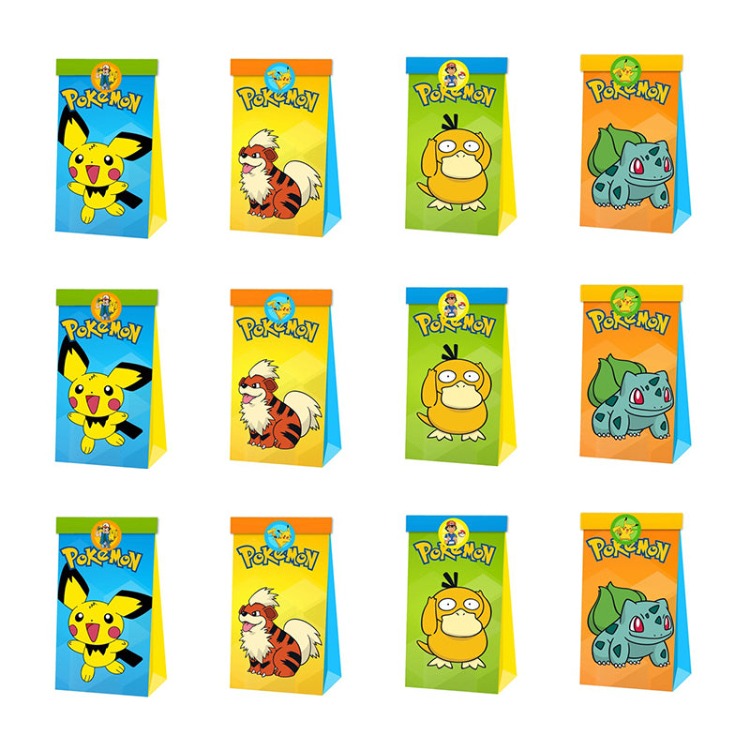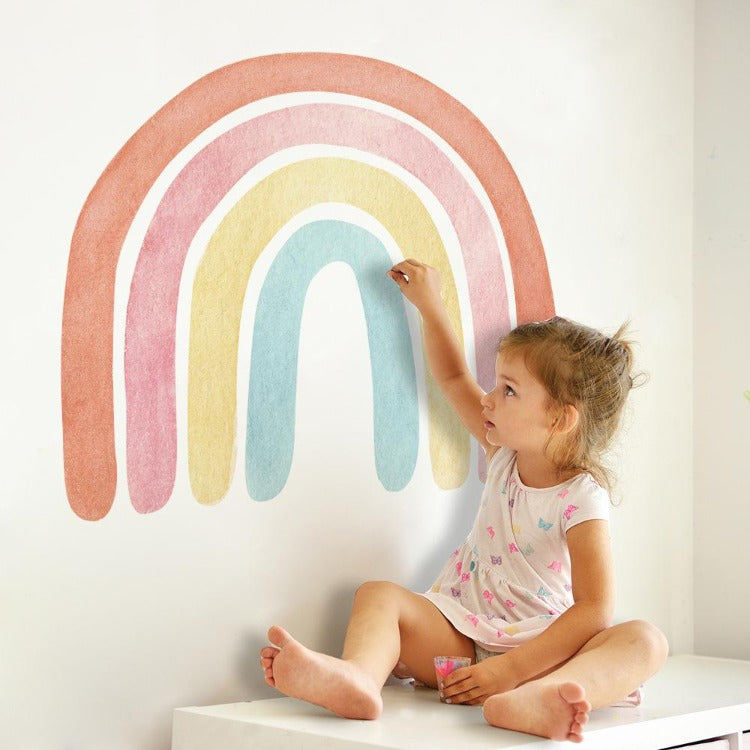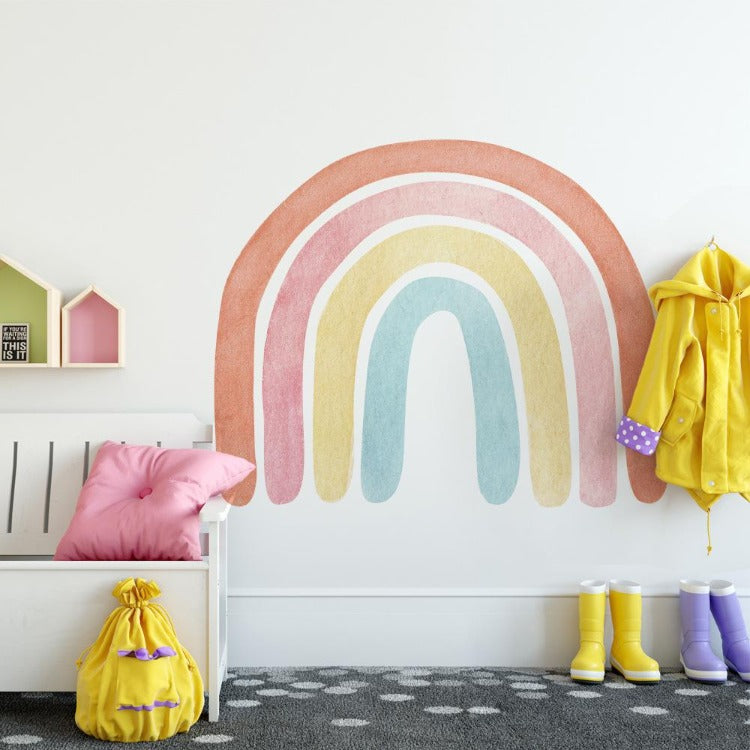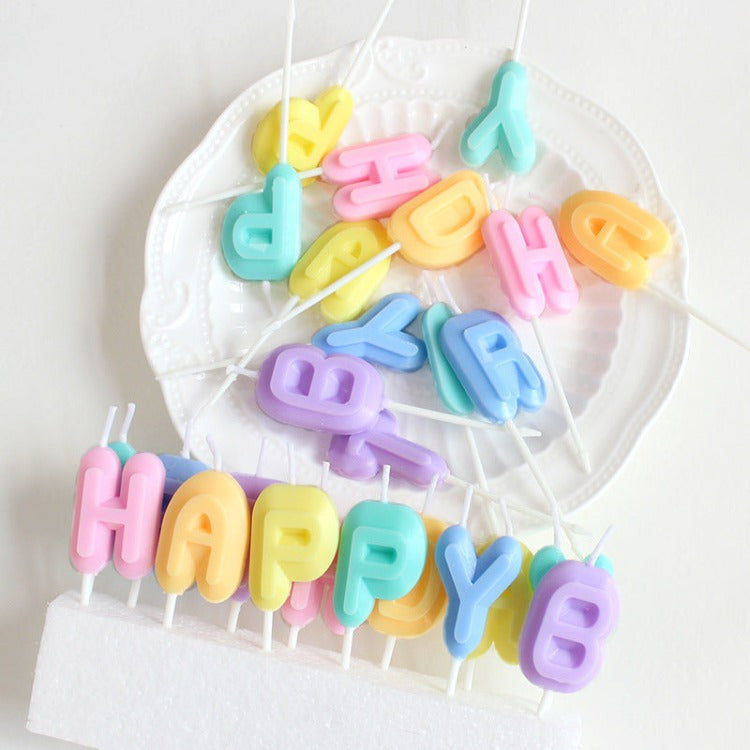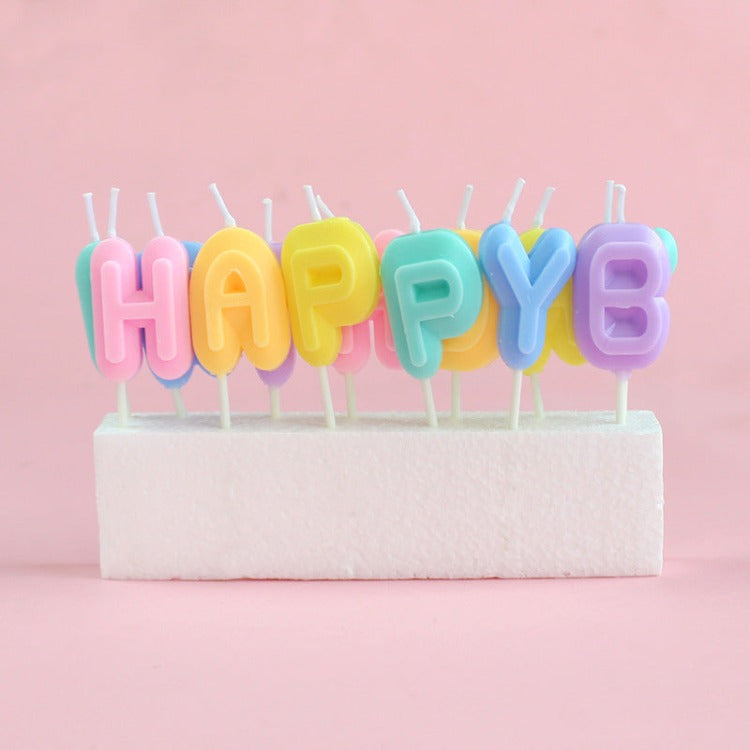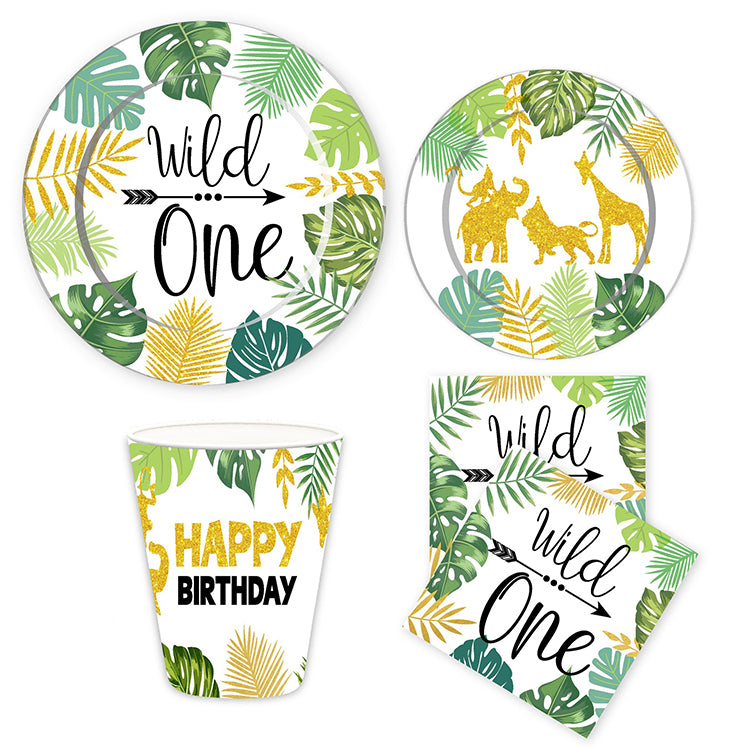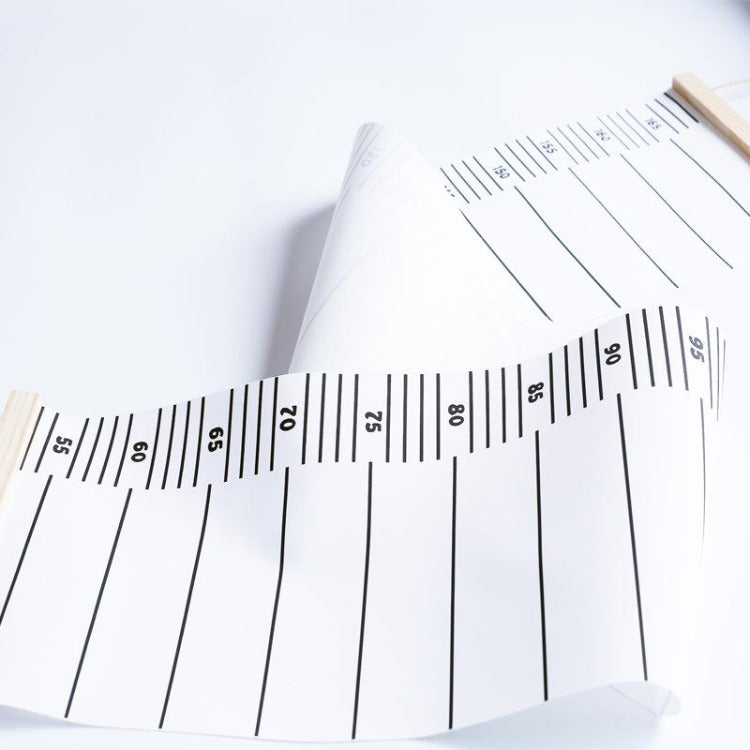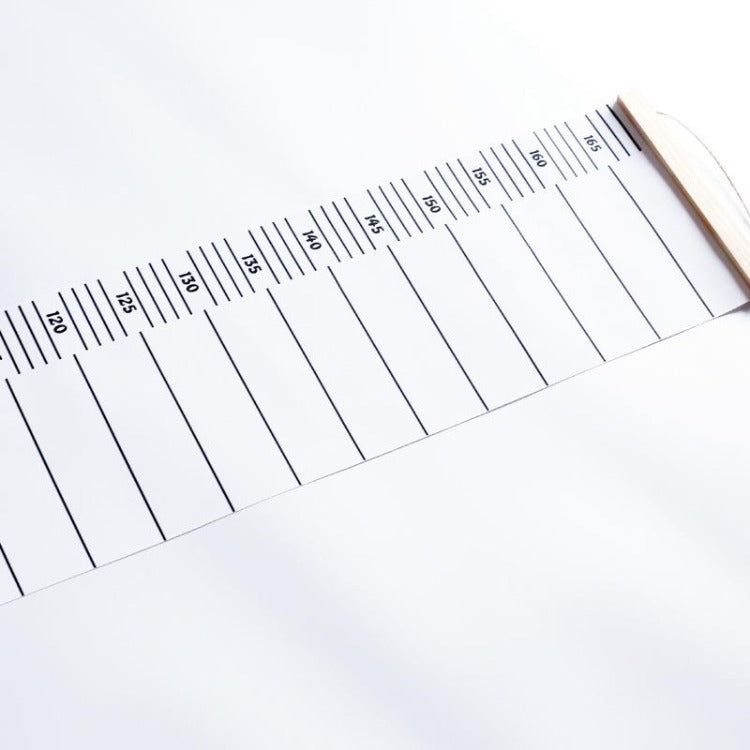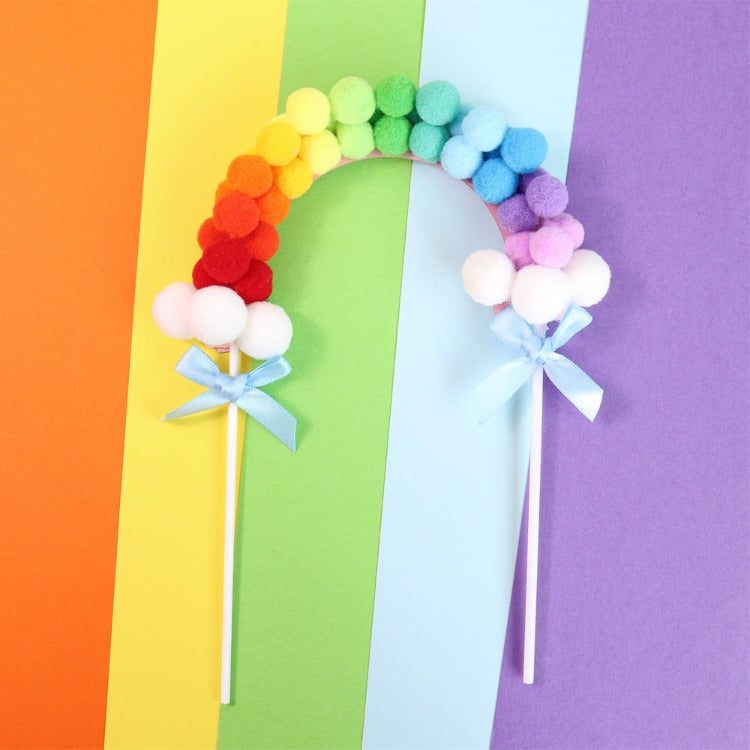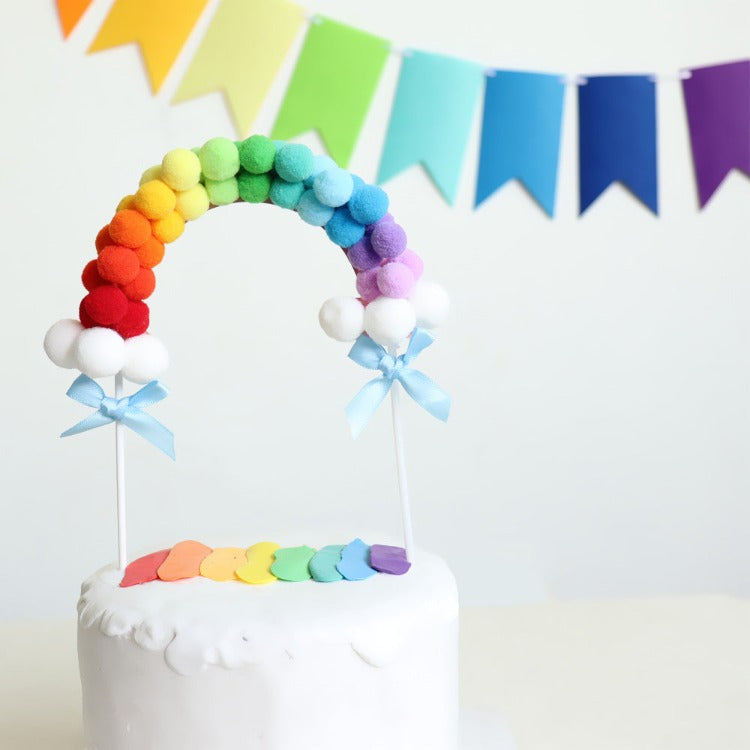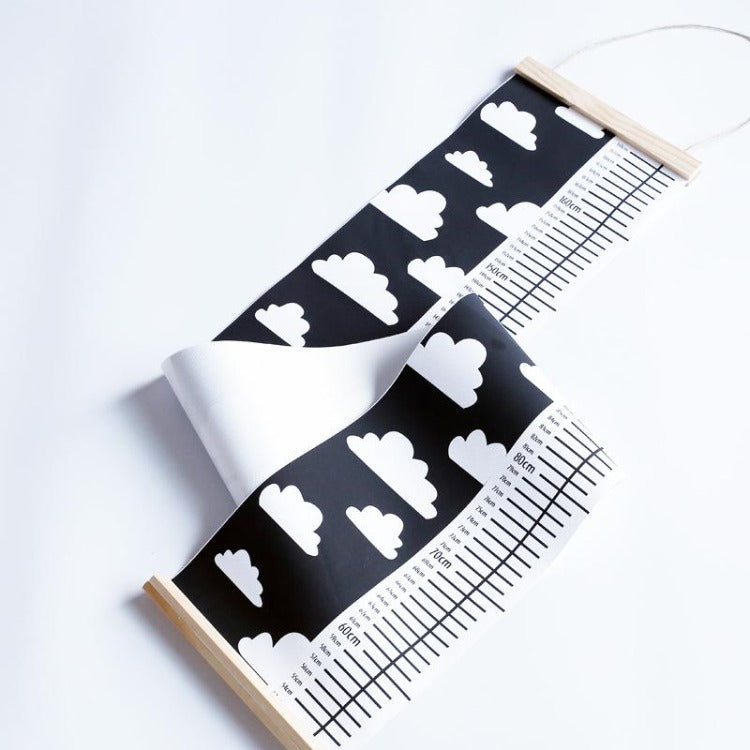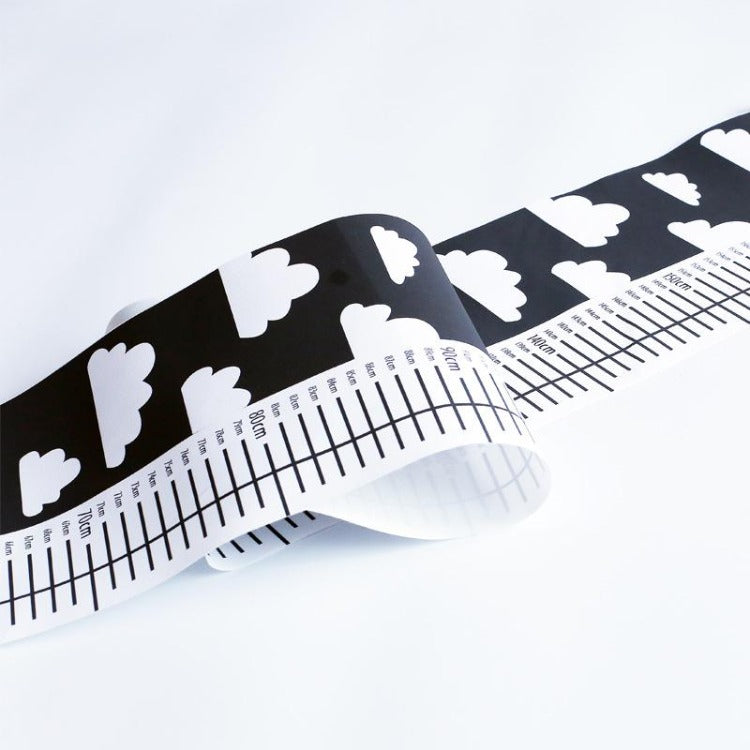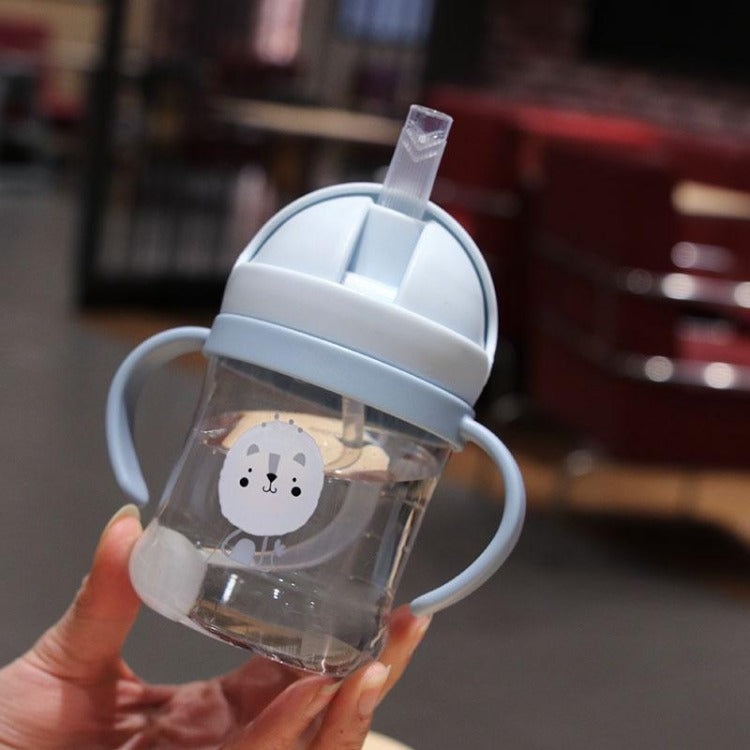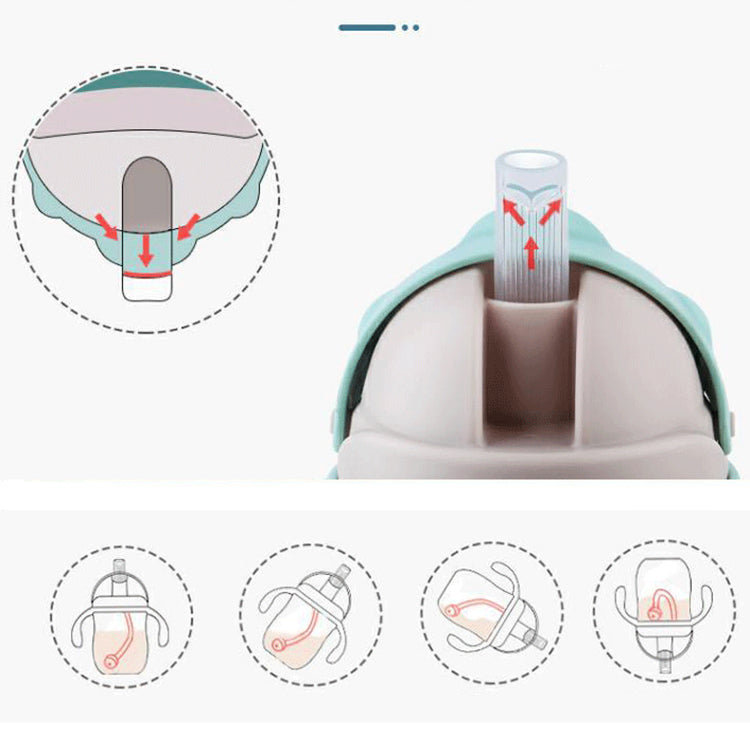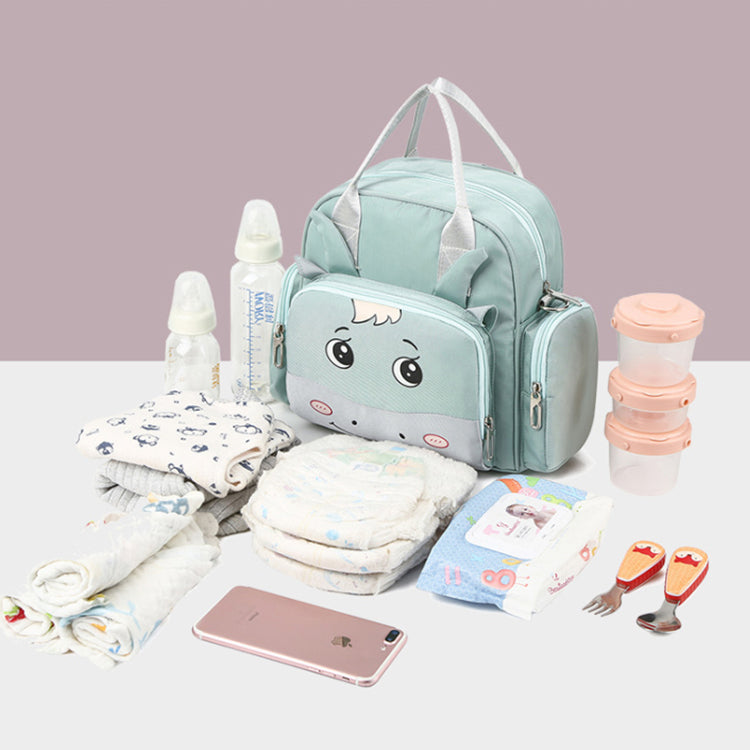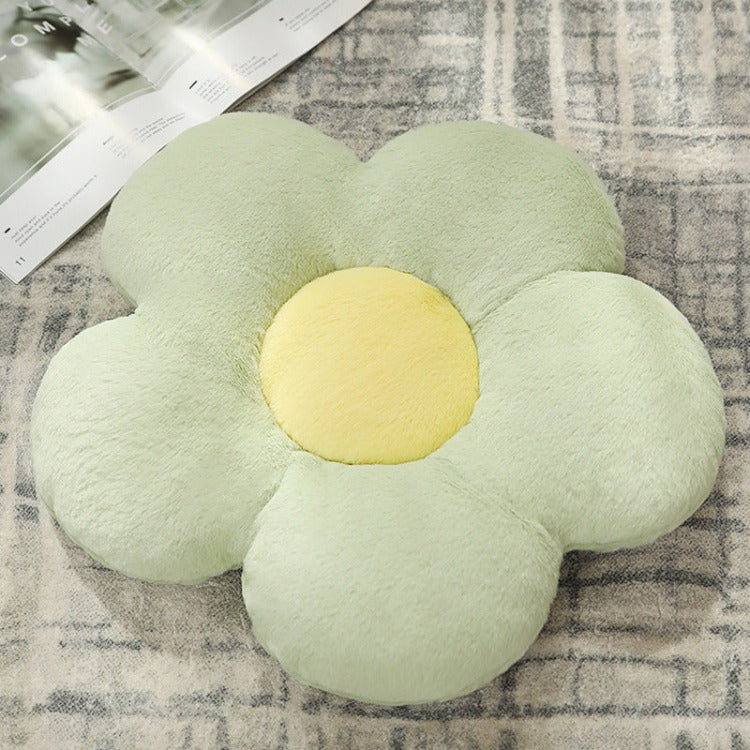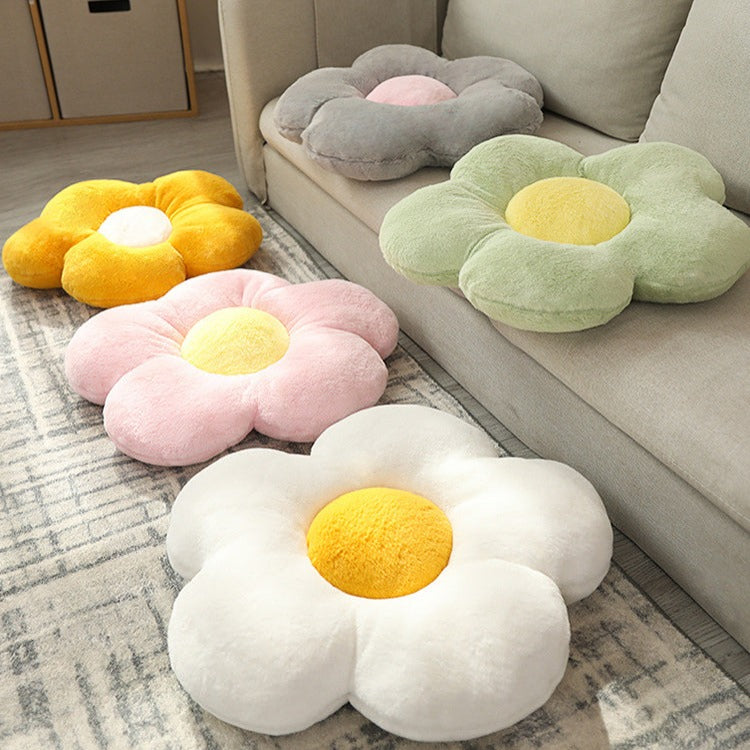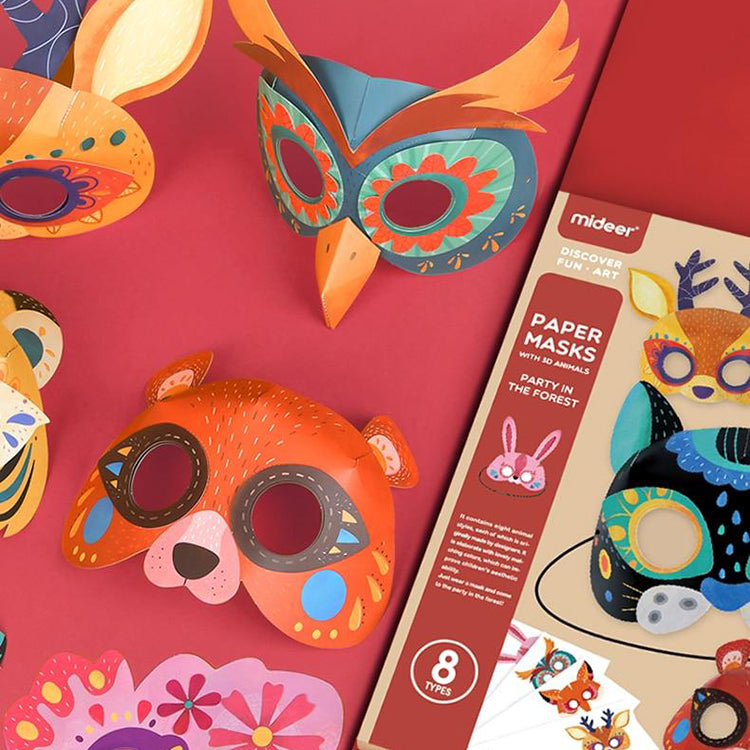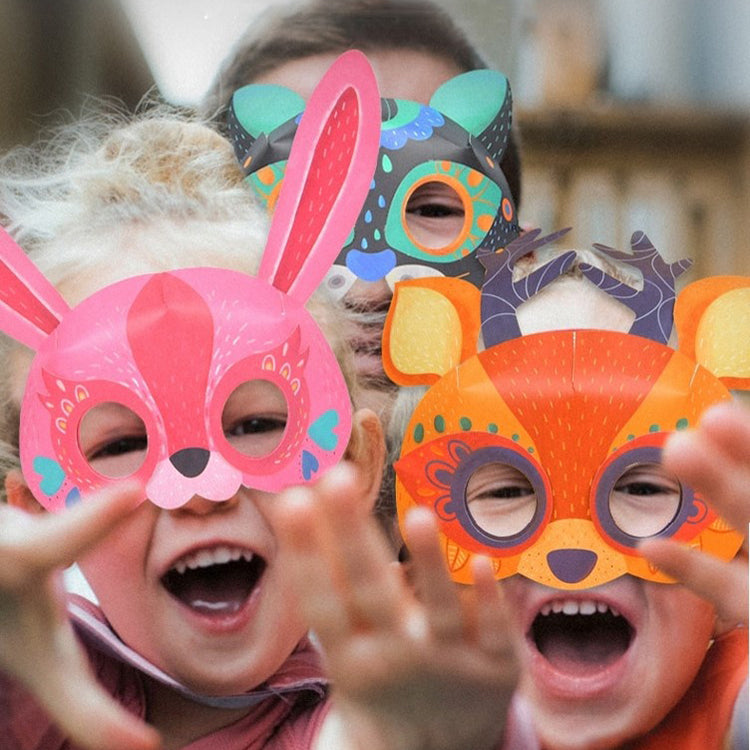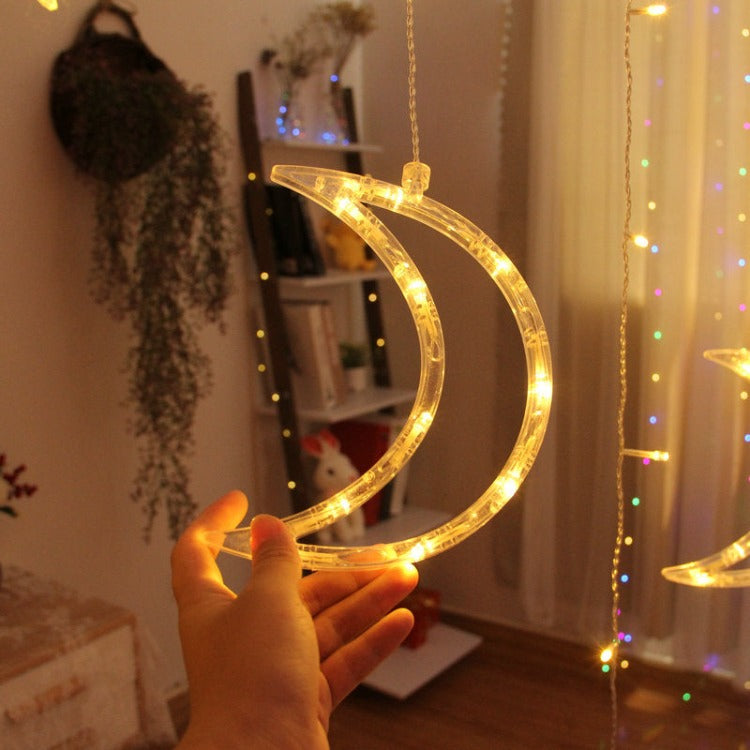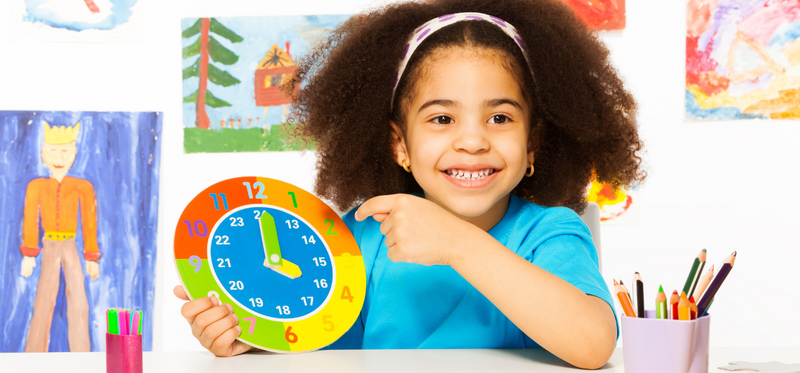
Teaching Kids to Tell Time and Count
Learning to tell time and count are fundamental skills that every child must acquire. These skills form the basis for more complex mathematical concepts and are essential for daily life. However, teaching these skills can be challenging for young children, who may struggle with abstract concepts. This is where toys and visual aids come into play, turning learning into an engaging and enjoyable experience.
The Importance of Learning to Tell Time
Telling time is a crucial skill that helps children understand the concept of time management, sequence of events, and planning. It also introduces them to numbers, patterns, and the idea of hours, minutes, and seconds, which are fundamental to grasping more advanced mathematical concepts.
However, for many children, the concept of time can be quite abstract. The movement of clock hands, the division of hours and minutes, and the relationship between the two can be difficult to grasp. This is where visual aids and toys come into play.
Using Toys to Teach Time
Toy clocks are one of the most effective tools for teaching kids how to tell time. These clocks often have movable hands, allowing children to physically manipulate the hour and minute hands. This hands-on approach helps children understand the relationship between the two, as they can see how moving the minute hand affects the hour hand.
Color-coded clocks are particularly useful. For example, the minute hand could be a different colour from the hour hand, and the numbers around the clock can be in different colours, corresponding to the hands. This visual differentiation helps children distinguish between the hour and minute hands more easily, making the concept of time less intimidating.
Games that incorporate time-telling are another great tool. Board games that require players to set clocks to a certain time or match times to daily activities can make learning to tell time fun and interactive. These games not only reinforce the concept of time but also help children associate time with their daily routines.
iKids have a versatile clock board that encourages kids to update the month, day and time. It is a fantastic and fun learning tool.
The Importance of Learning to Count
Counting is the foundation of all mathematical learning. It is the first step toward understanding numbers, which leads to skills in addition, subtraction, multiplication, and division. Counting also helps with number recognition, pattern recognition, and the development of logical thinking.
For young children, learning to count can be more engaging when it’s done through play. Toys and visual aids can make counting a fun and rewarding experience.
Using Toys to Teach Counting
Counting toys come in many forms, from simple blocks with numbers to more complex counting games. For example, counting beads on a string or an abacus can help children visualise numbers and understand the concept of quantity. These toys allow children to see and touch the numbers they are counting, which reinforces their understanding. iKids offer a Montessori Counting Pegs & Boards Set which is perfect for differentiating between tens and units. It can be used as a homework assistance tool for primary school too.
Number puzzles are another effective tool. Puzzles that require children to match numbers to the correct quantity of objects, such as matching the number “3” to three apples, help reinforce counting skills and number recognition.
Visual aids like number charts and posters can also be useful. A chart with numbers and corresponding images, like “5” next to five stars, can help children associate numbers with quantities. This visual representation makes it easier for children to grasp the concept of counting.
Combining Time-Telling and Counting
Combining time-telling with counting can create a comprehensive learning experience. For instance, using a toy clock with numbers that children can count as they move the hands helps reinforce both counting and time-telling skills simultaneously.
This wooden number board and counting game is so much fun and made from high quality natural solid wood meant for lasting durable play. The sizeable digit tiles are easy to handle, making it an excellent tool for small hands learning the basics of counting and arithmetic.
In conclusion, toys and visual aids play a crucial role in teaching children to tell time and count. These tools make abstract concepts more concrete, helping children understand and enjoy the learning process. By incorporating play into learning, parents and educators can create a positive and effective learning environment that sets the foundation for future mathematical skills.
